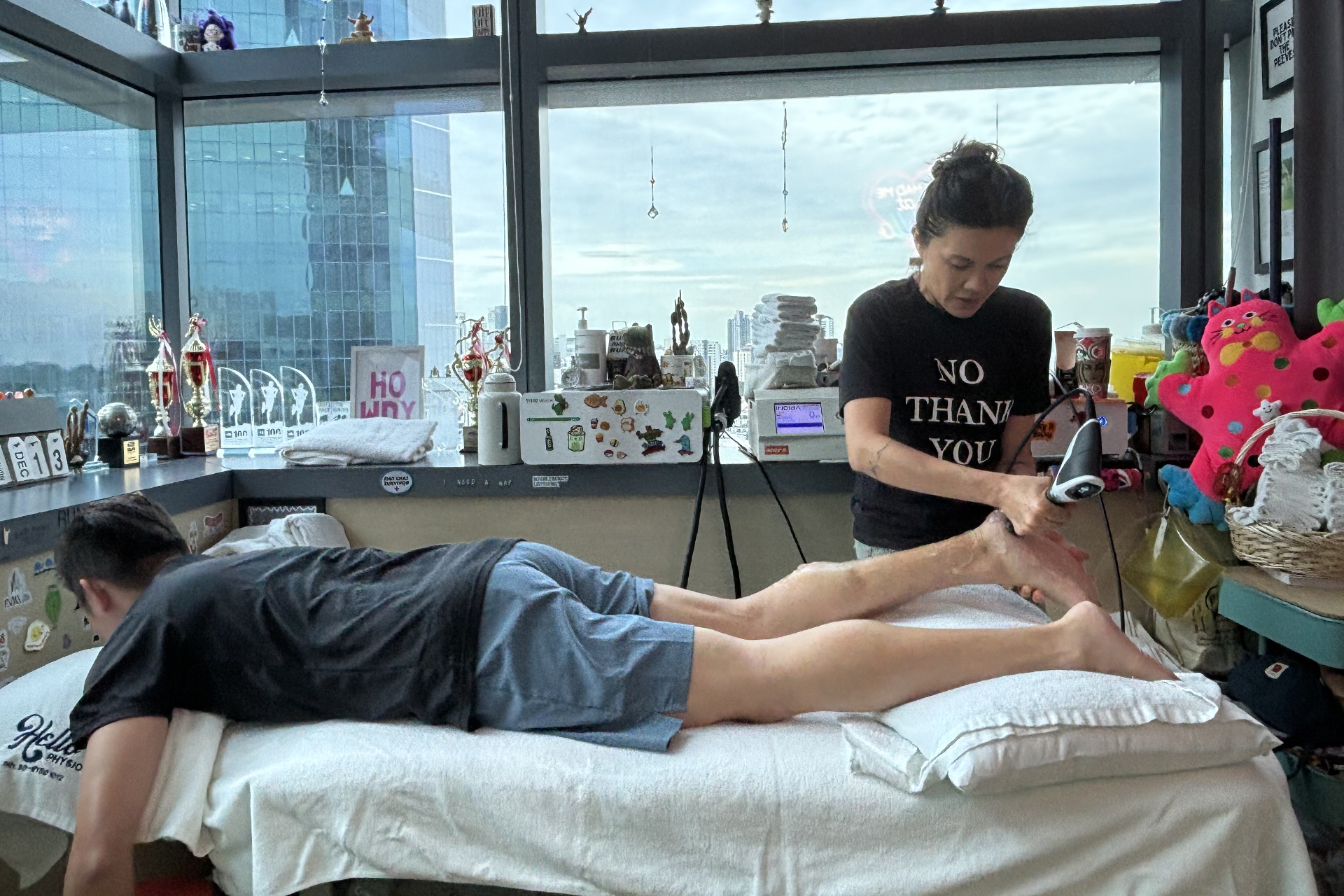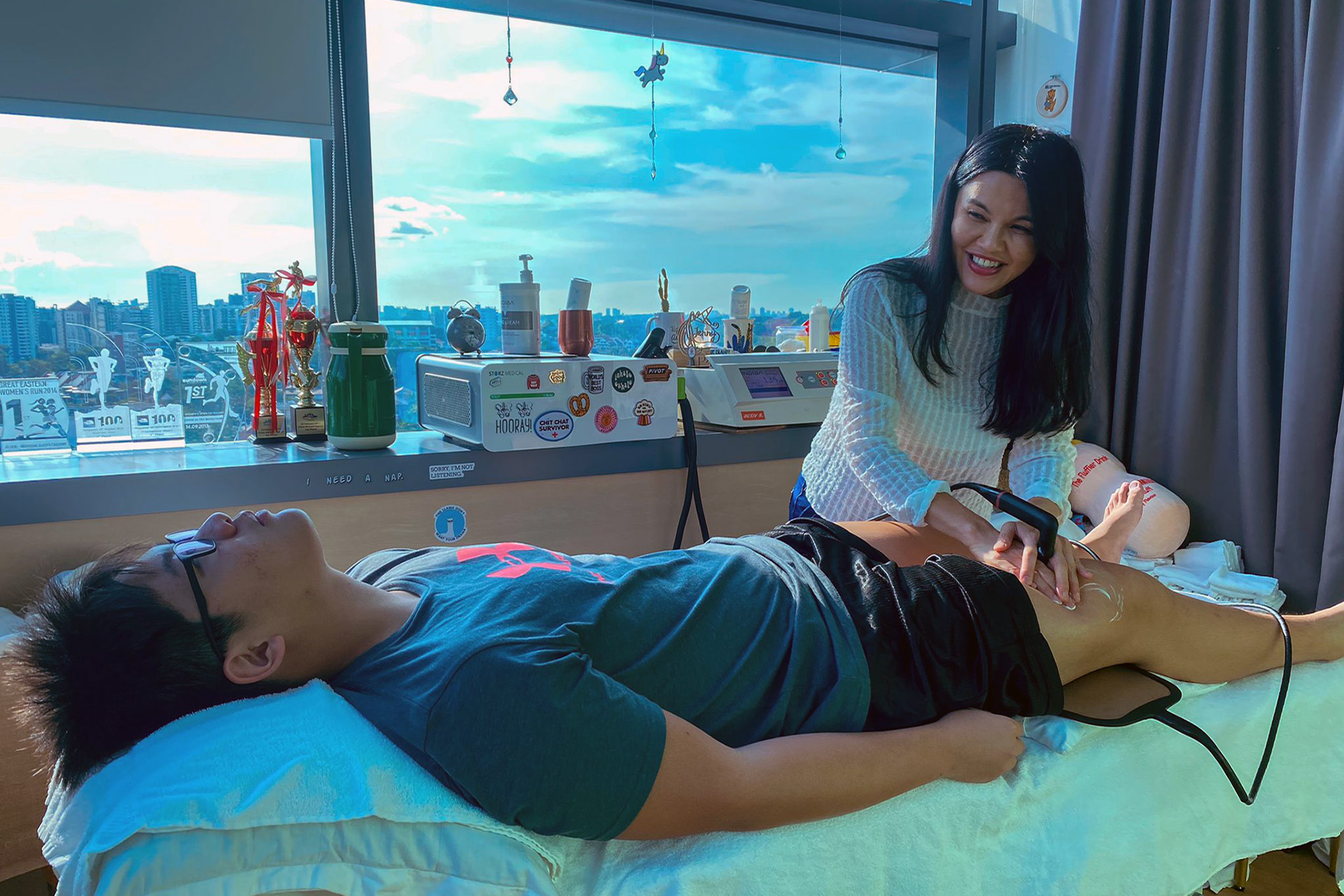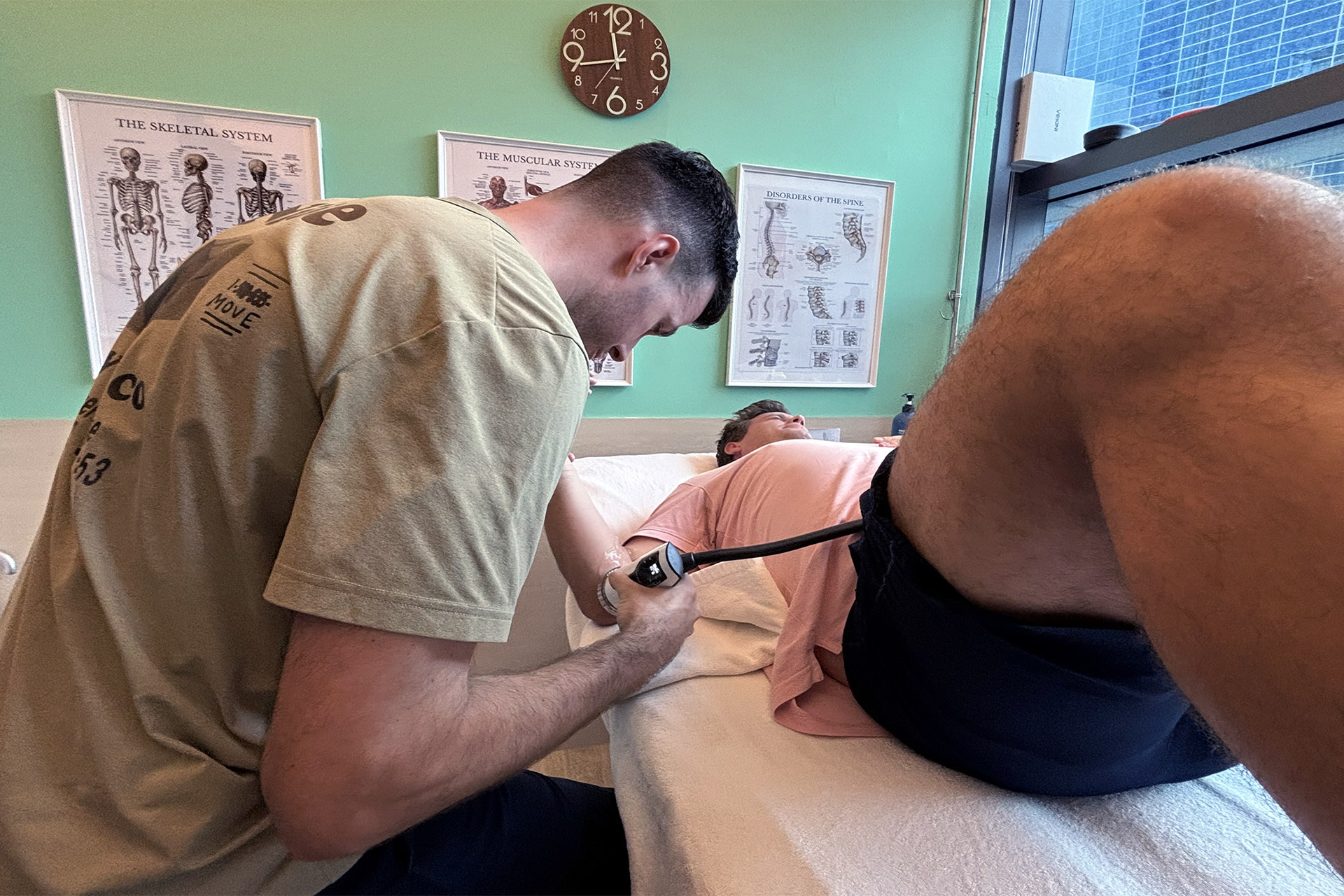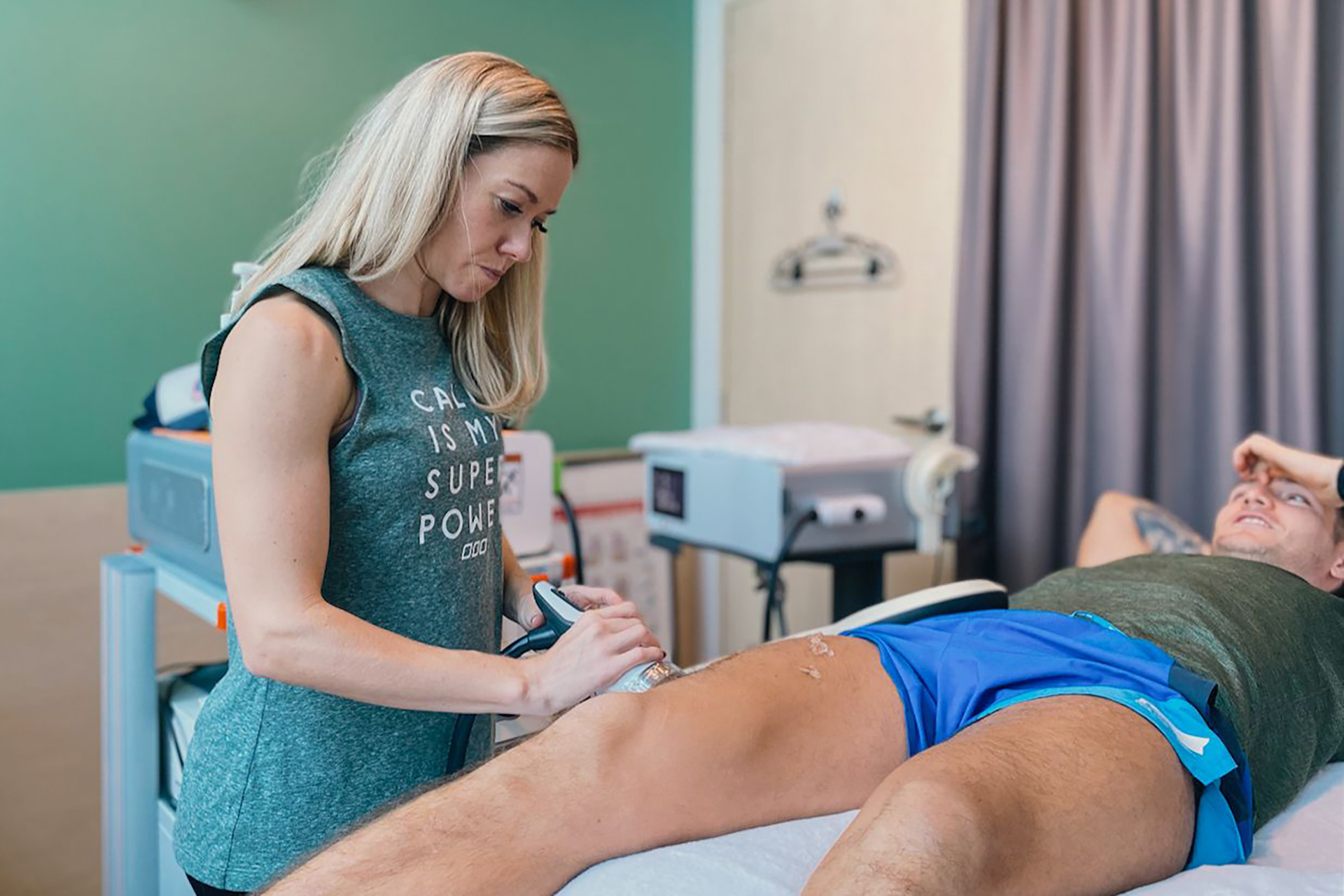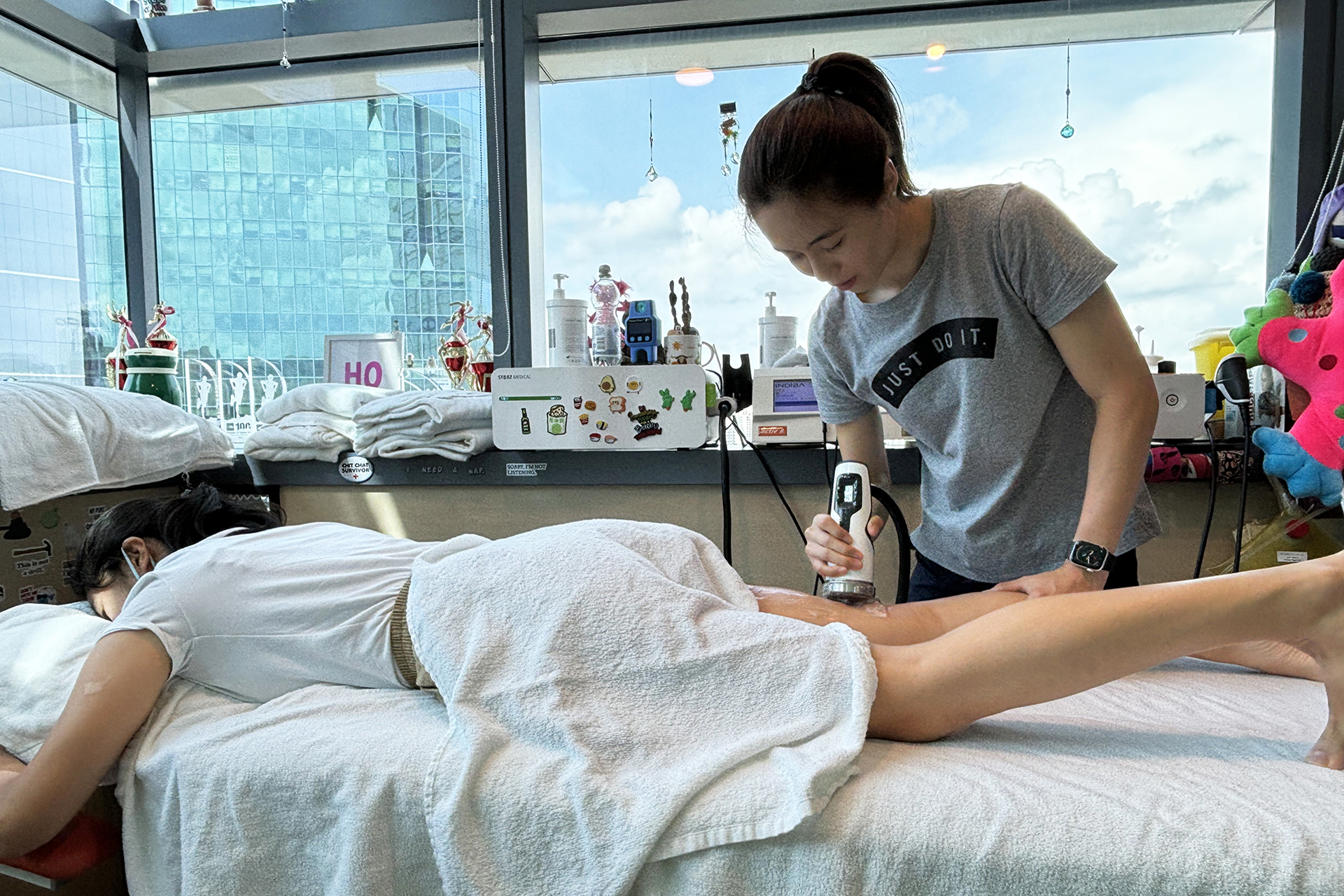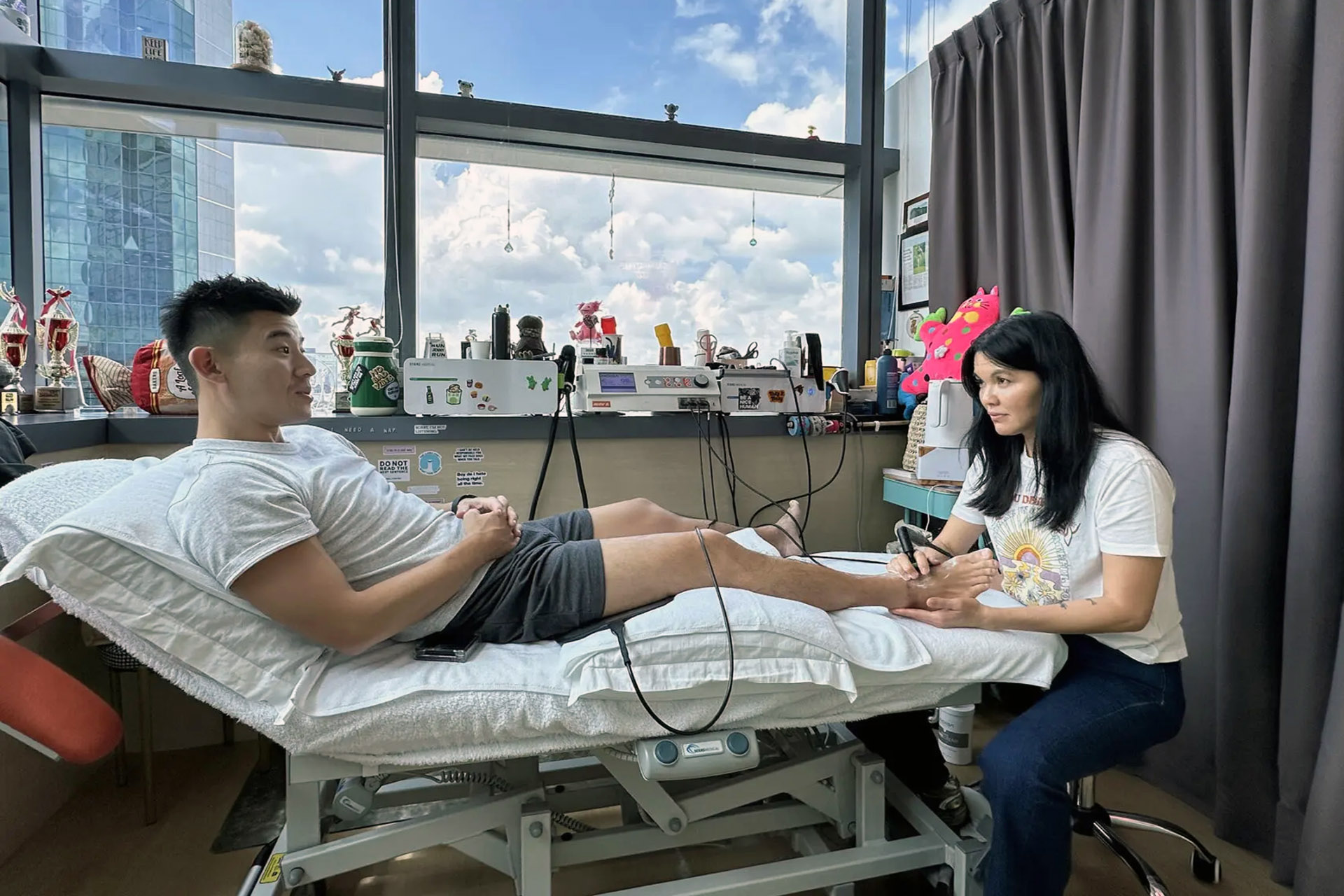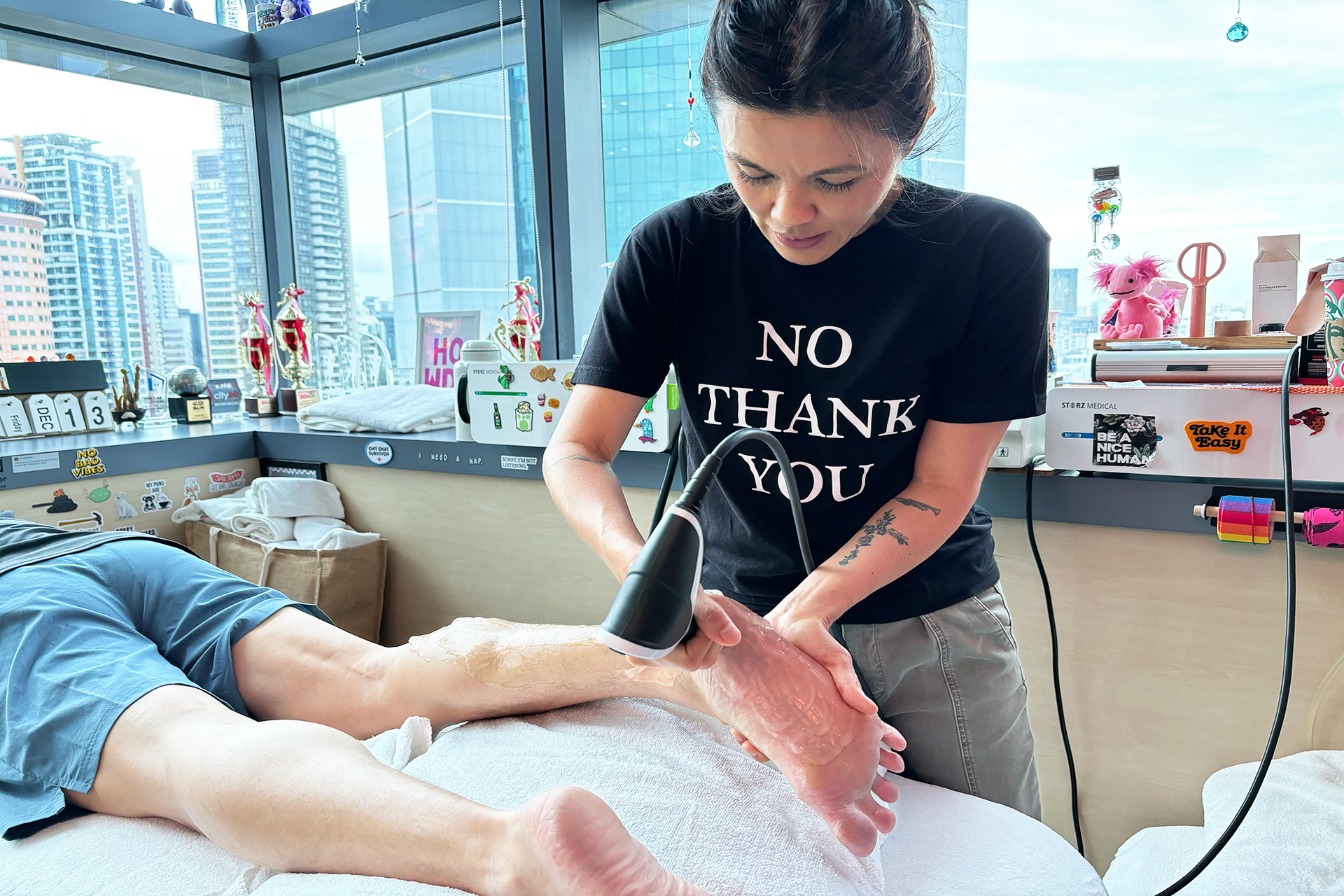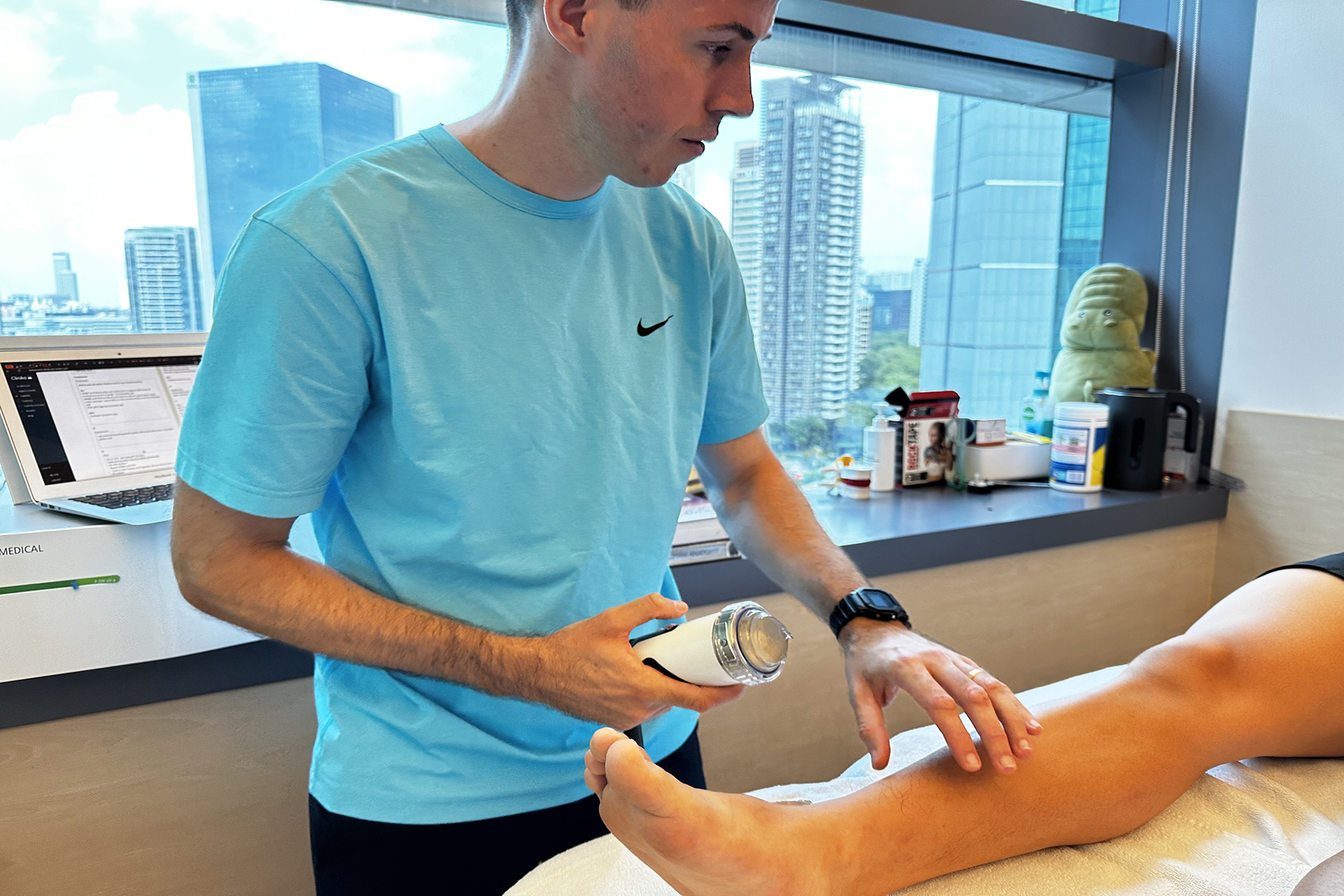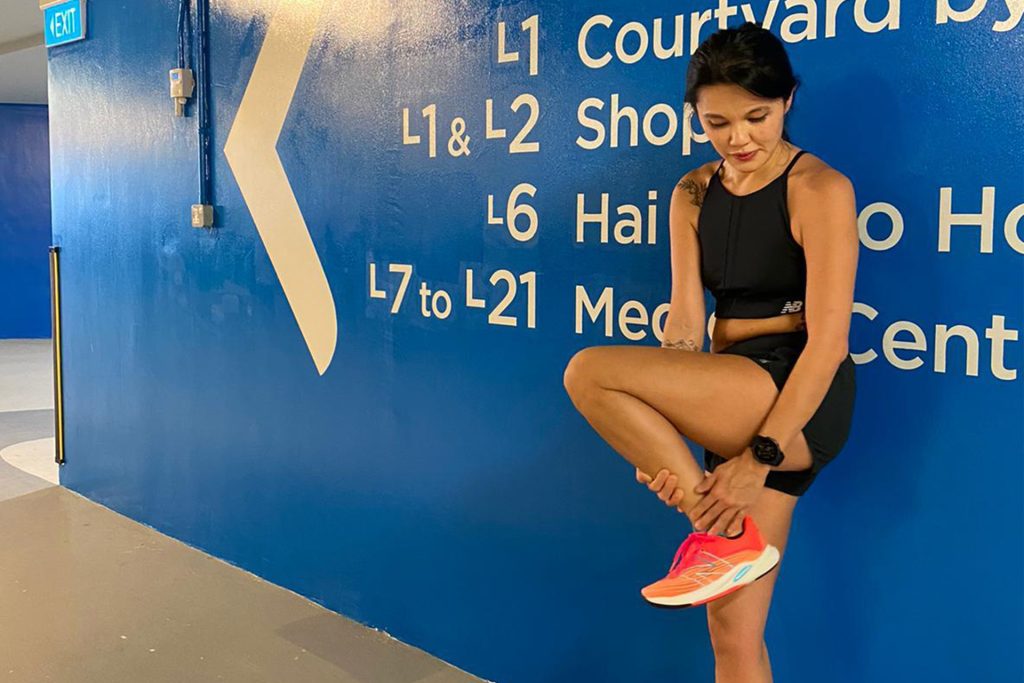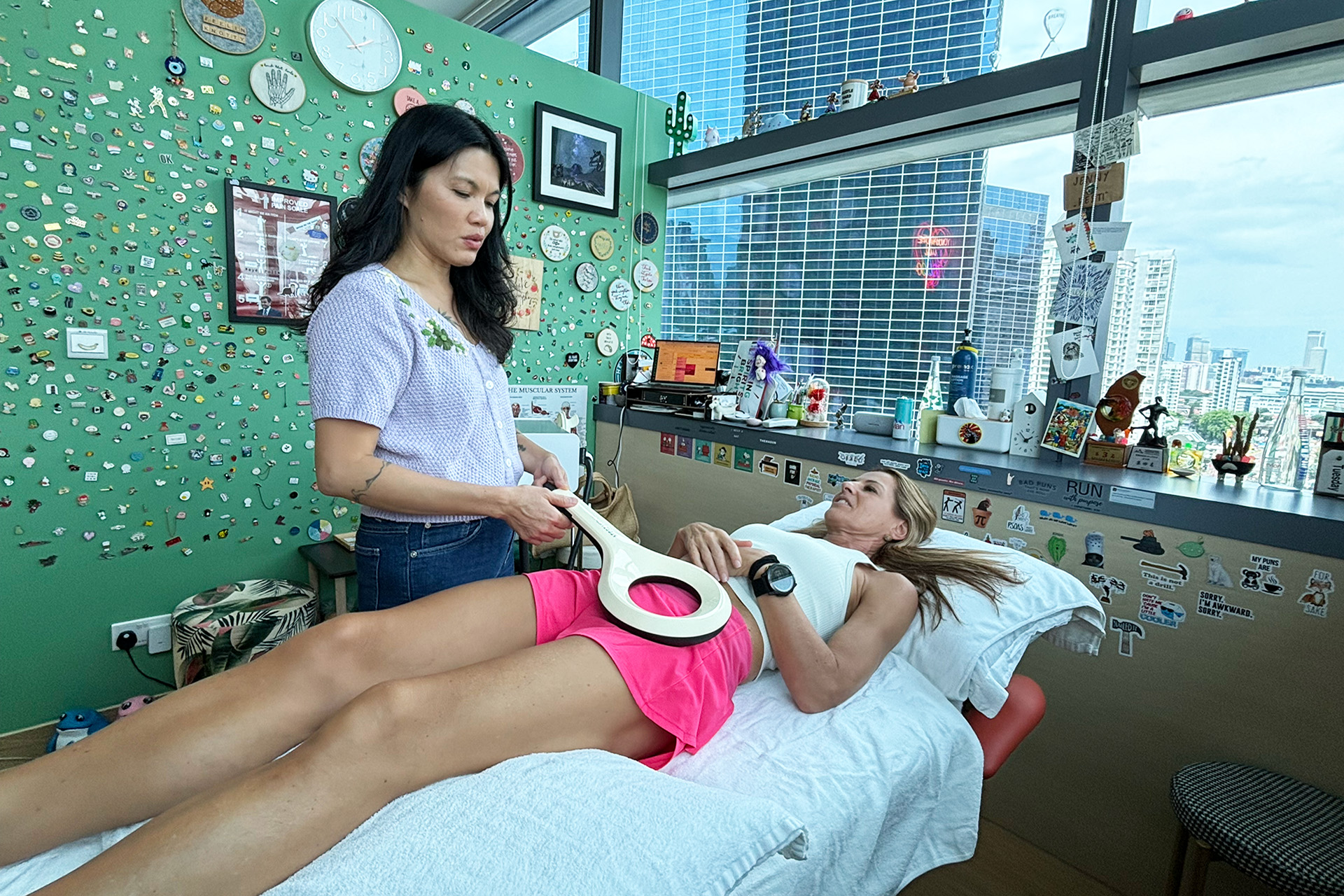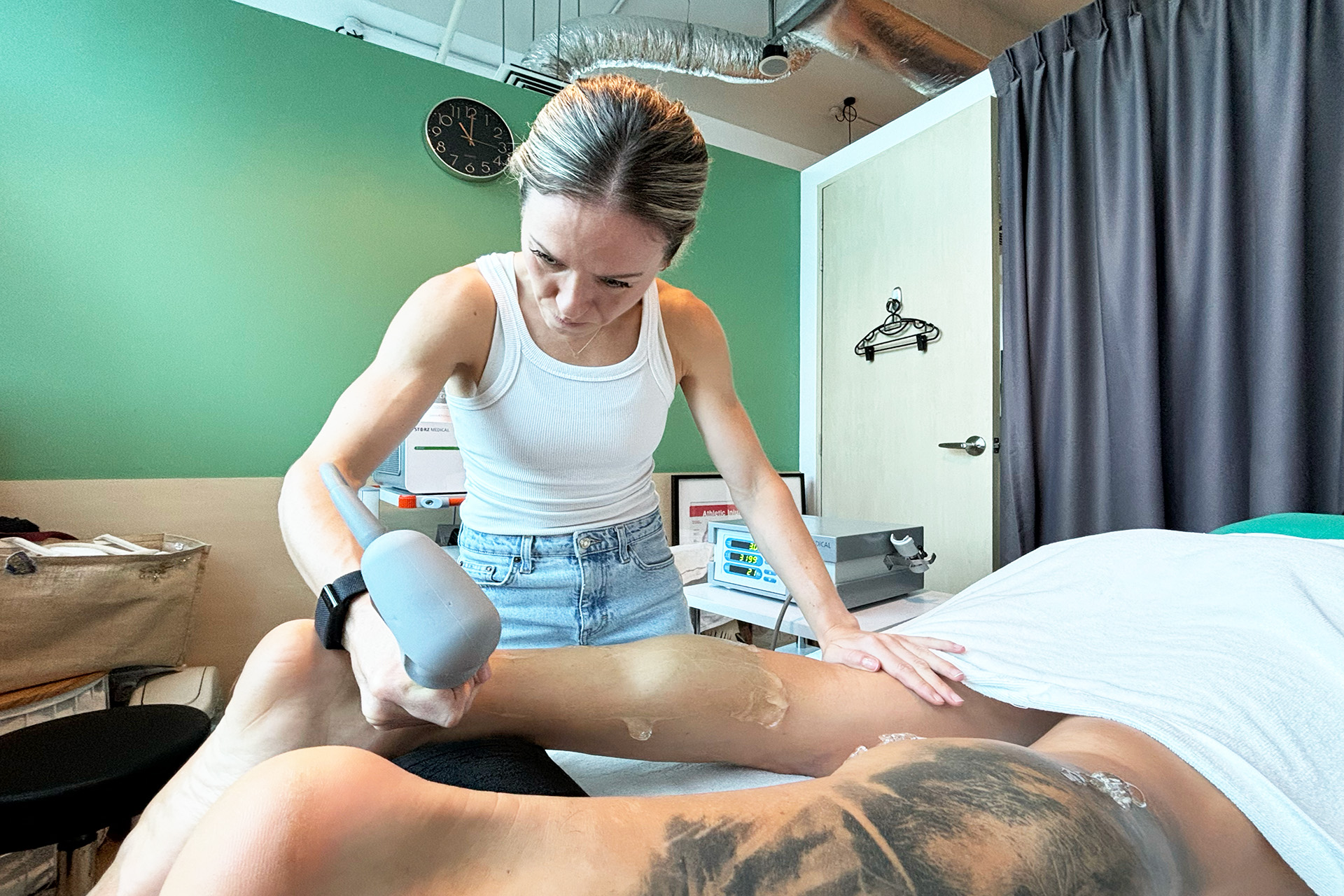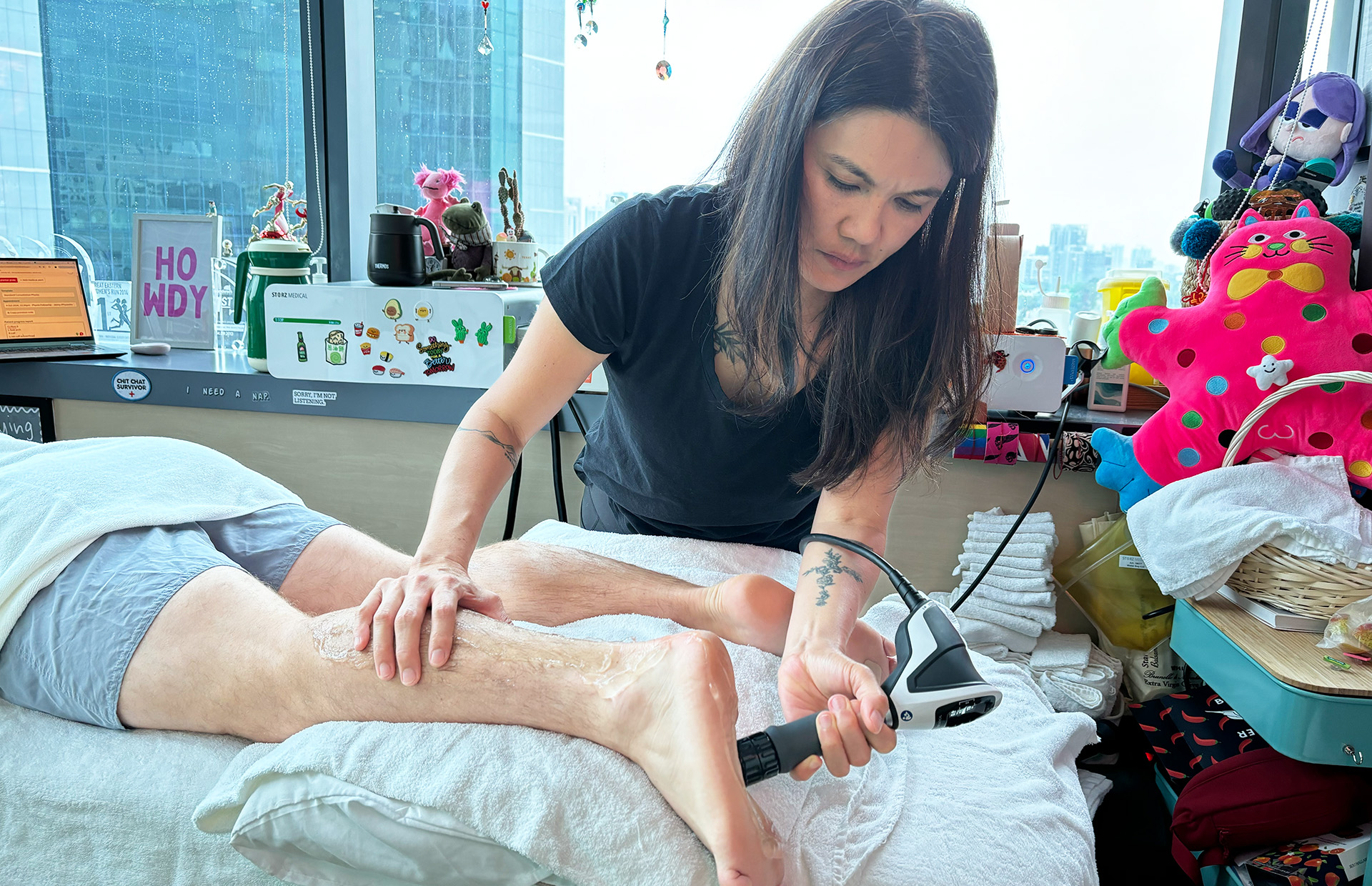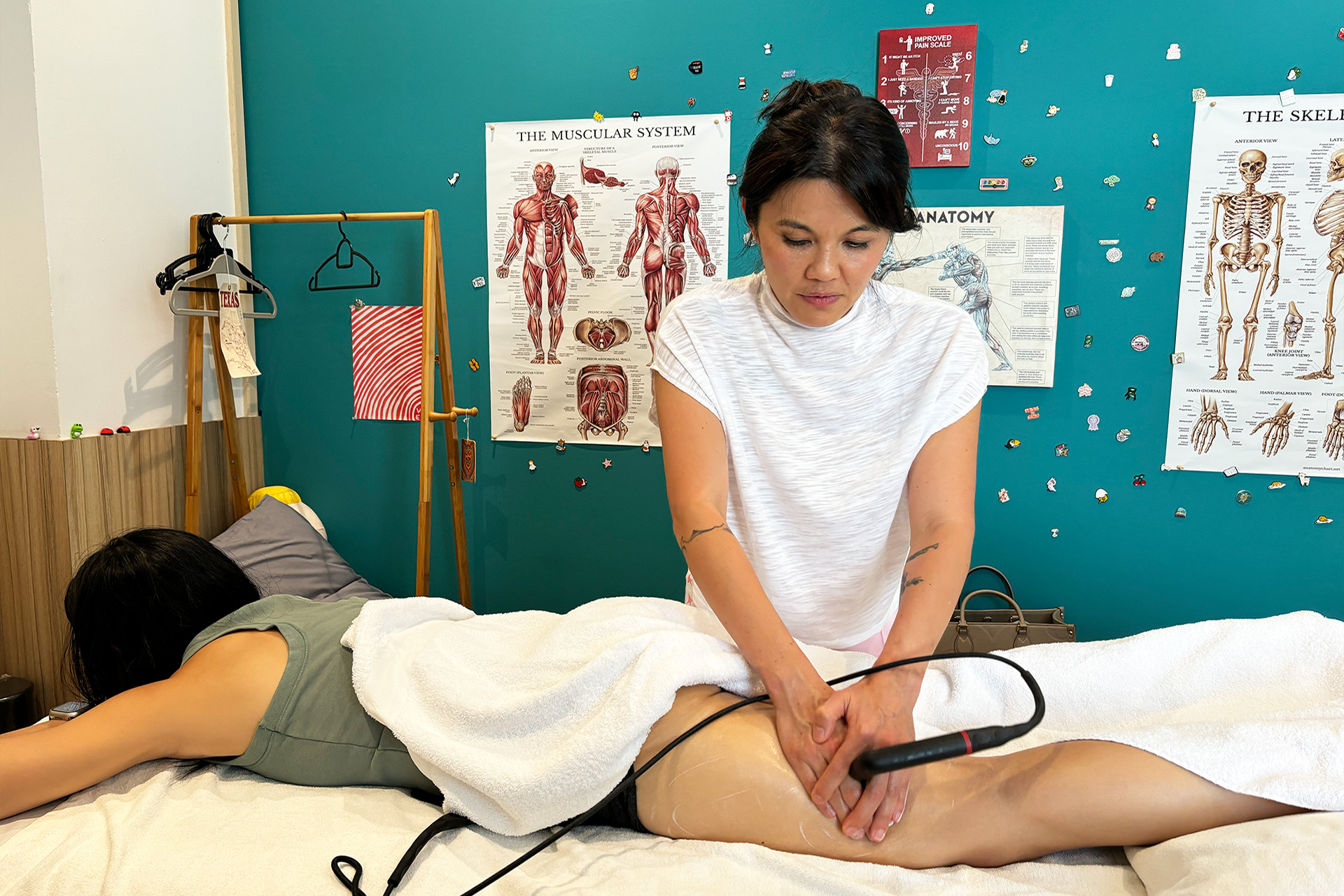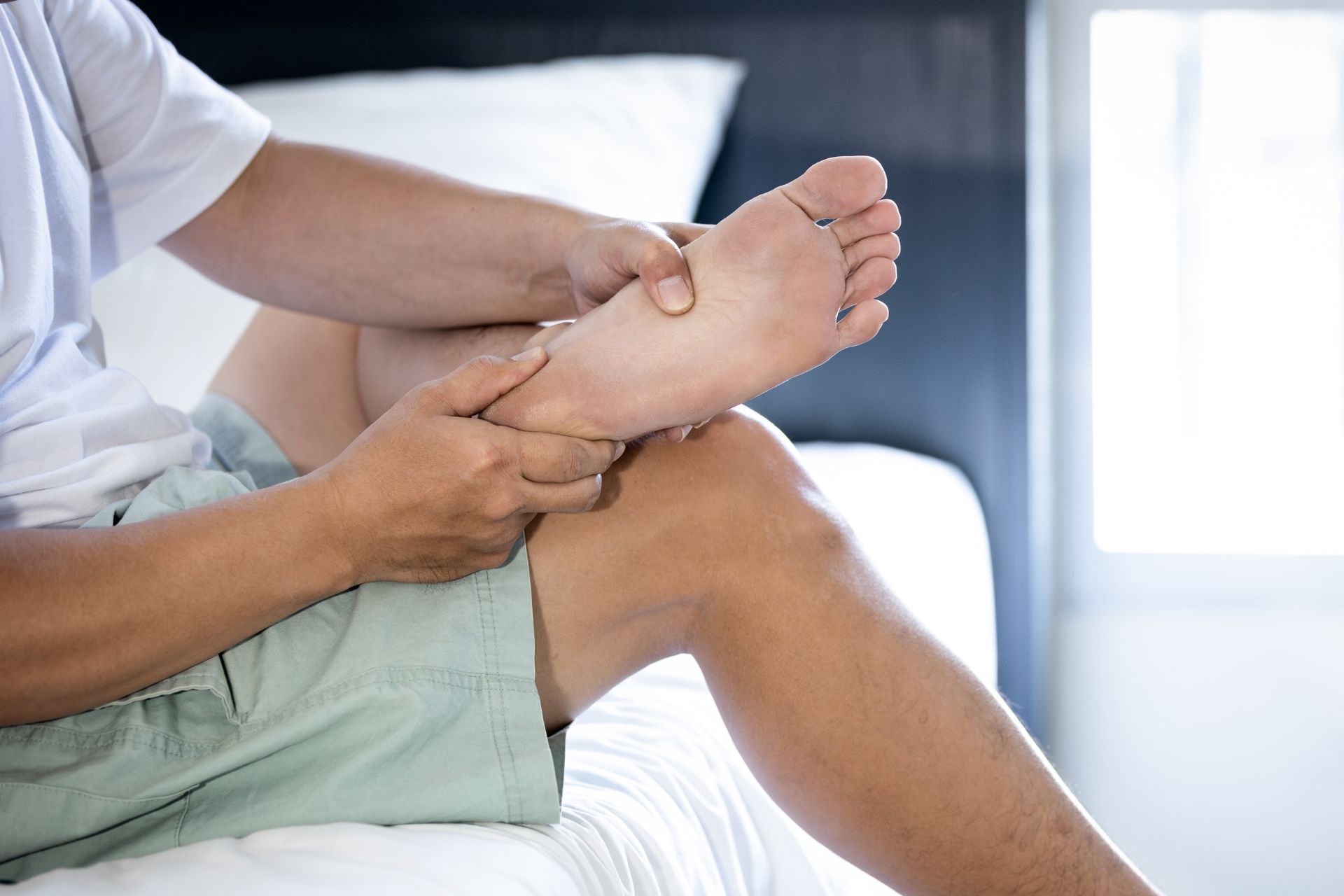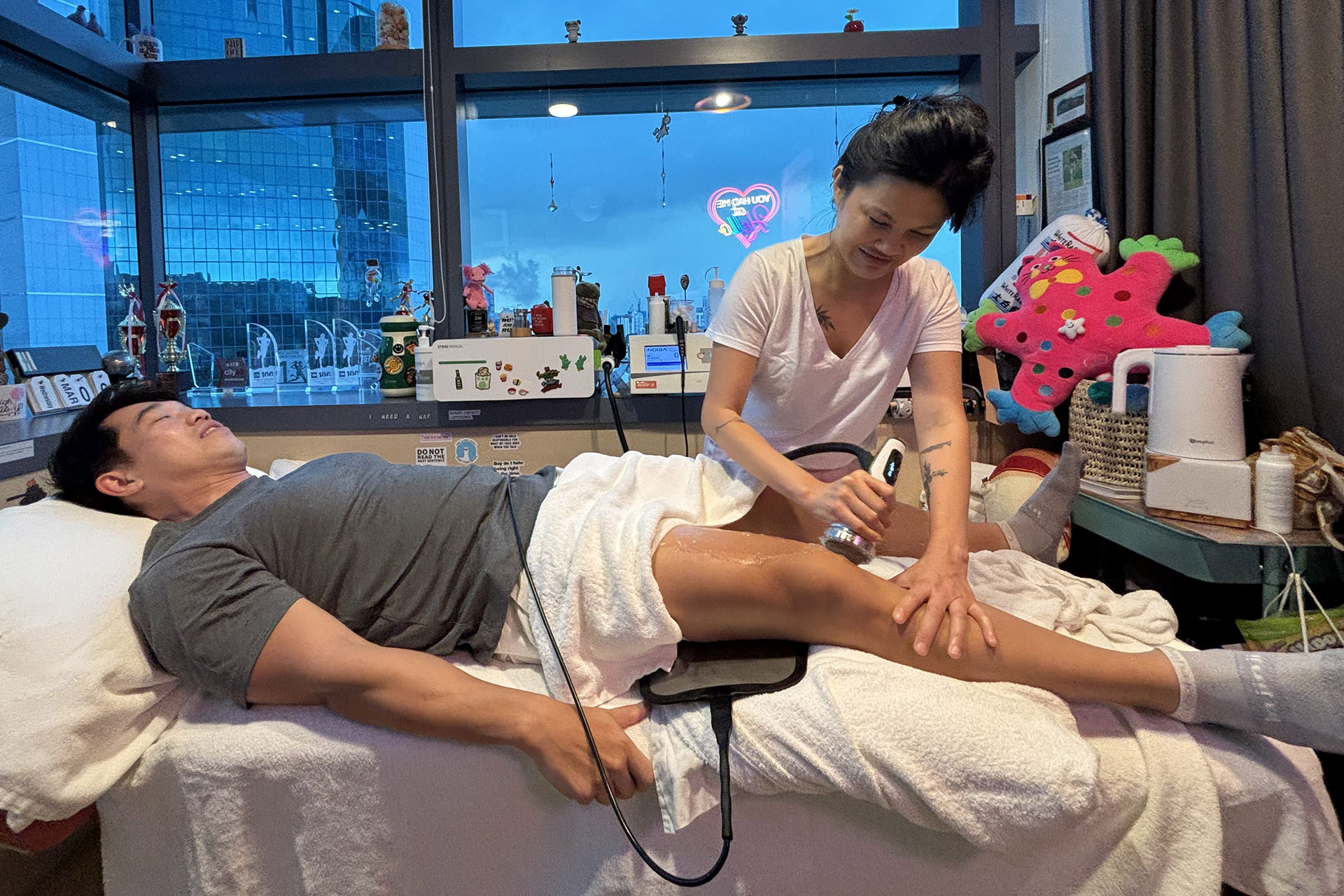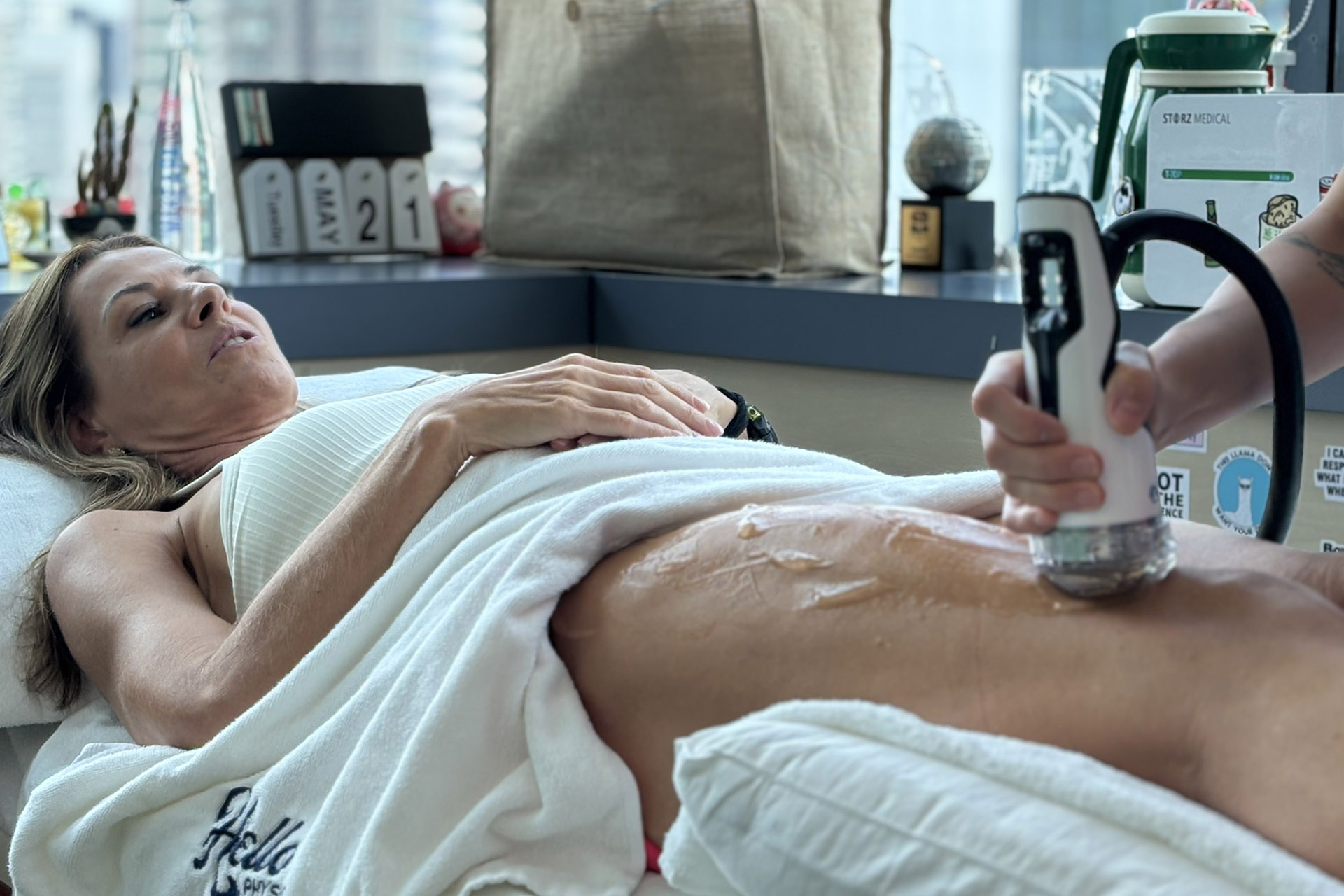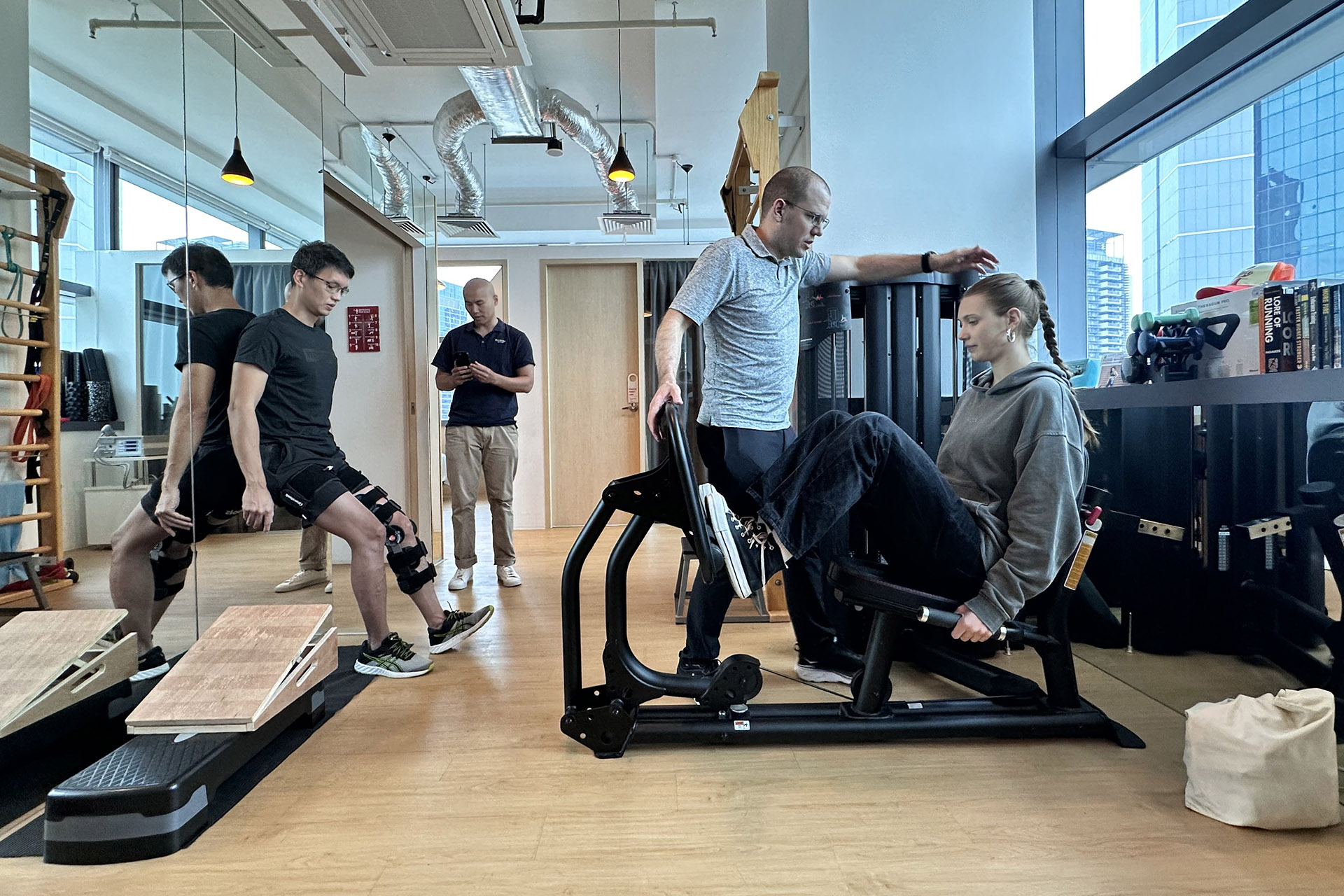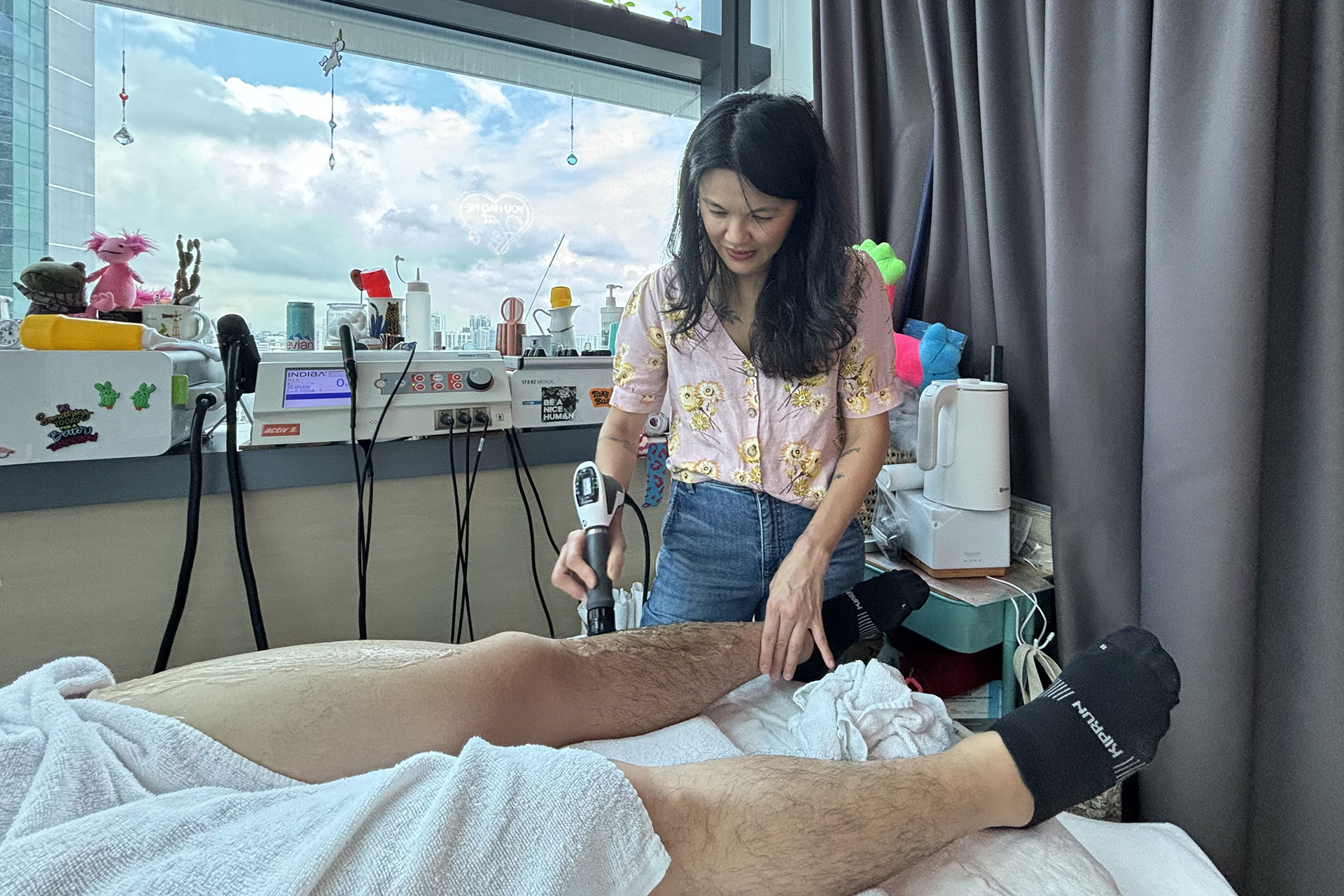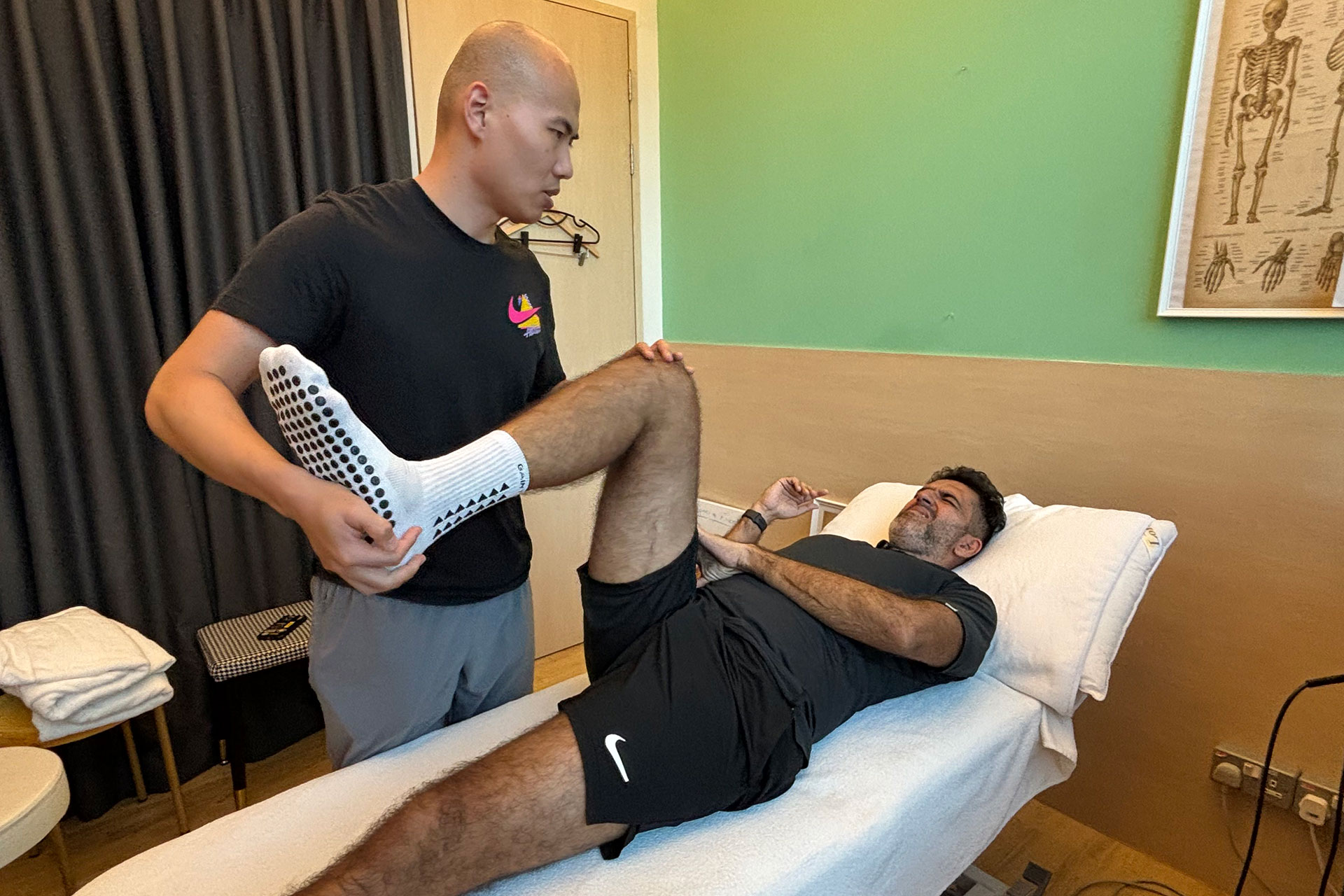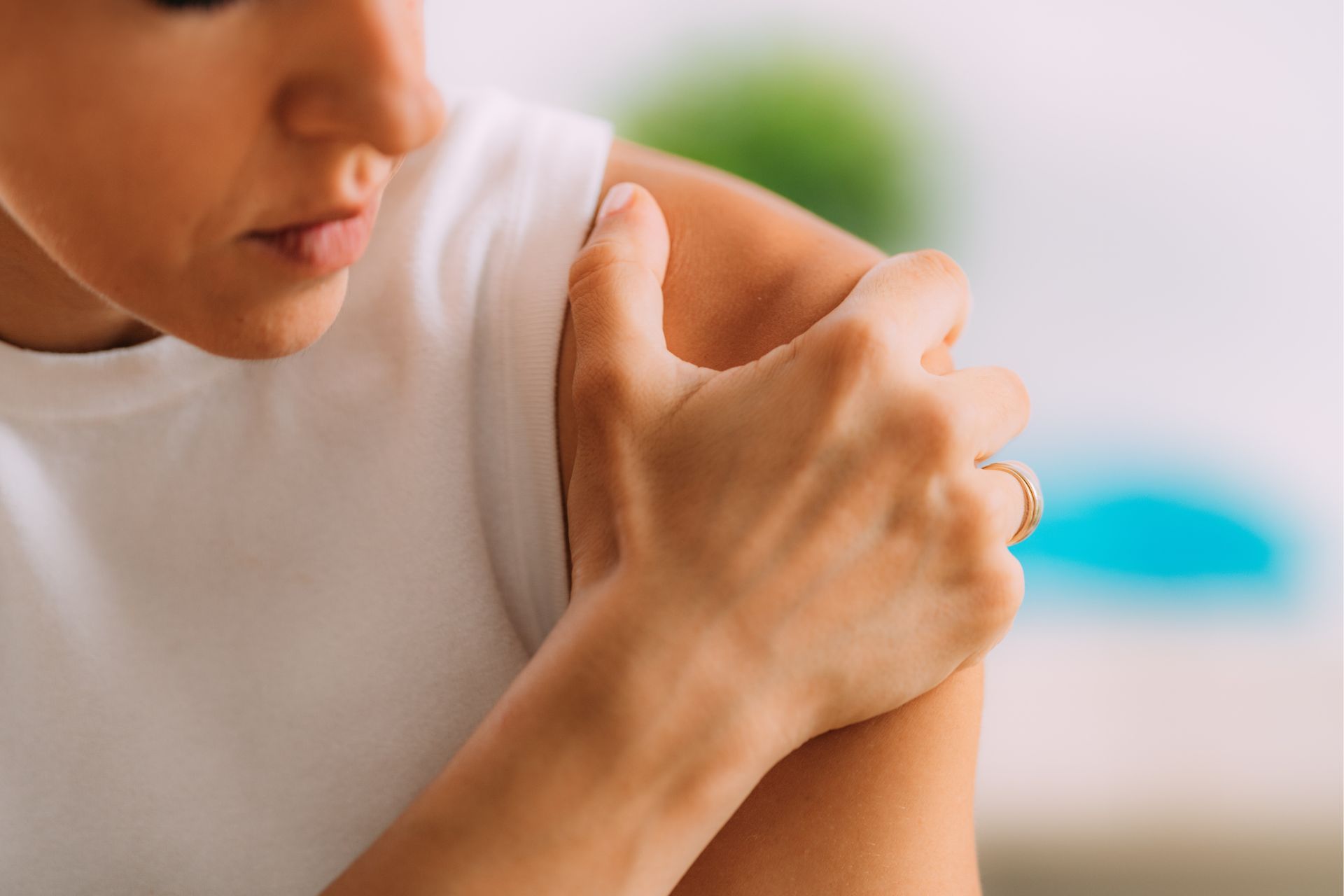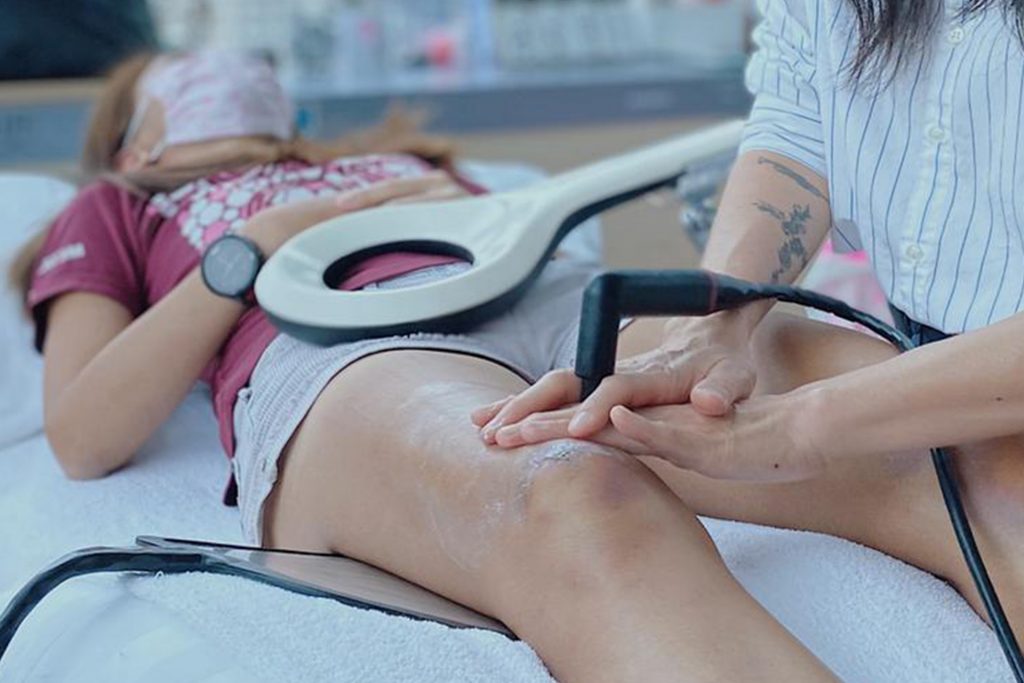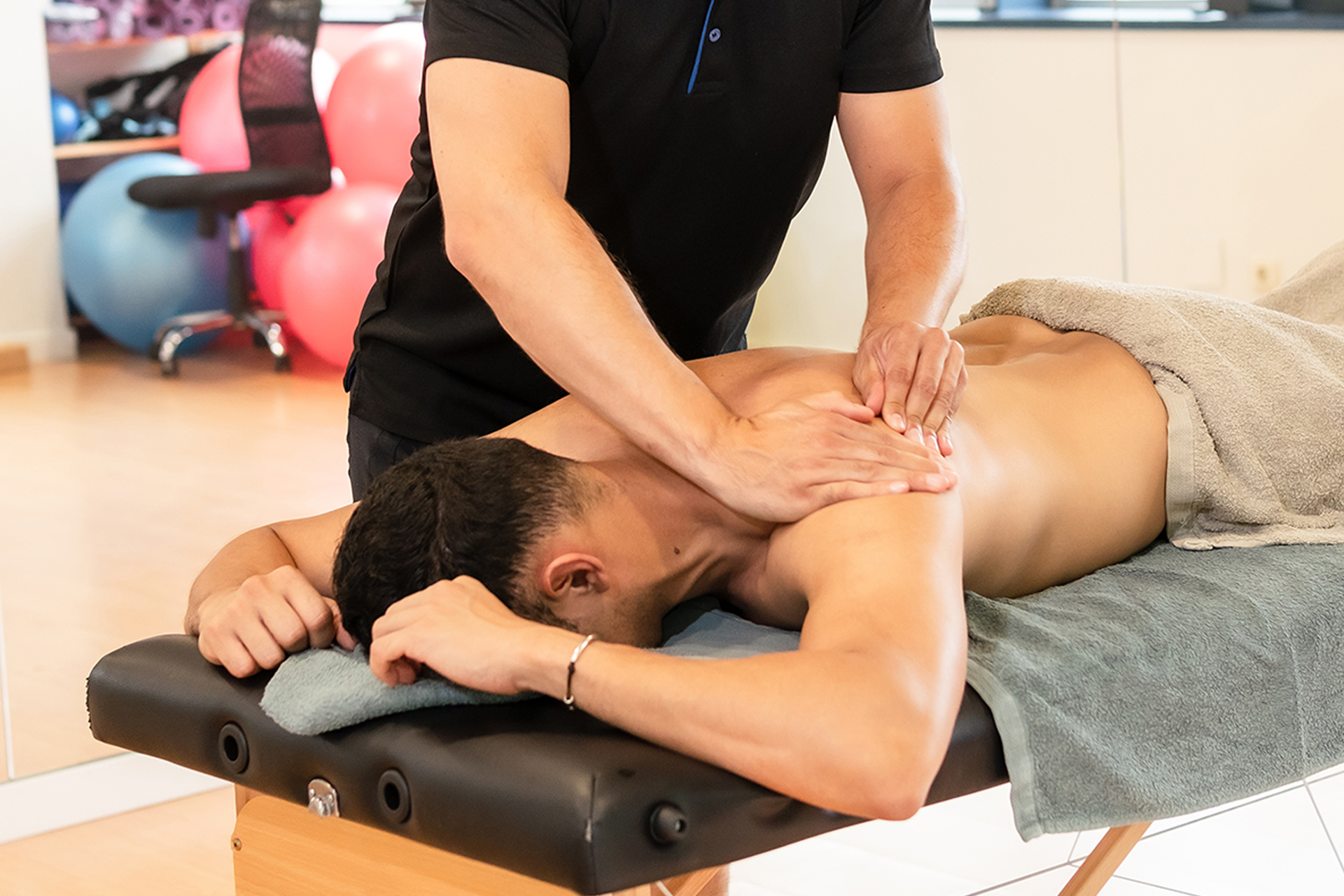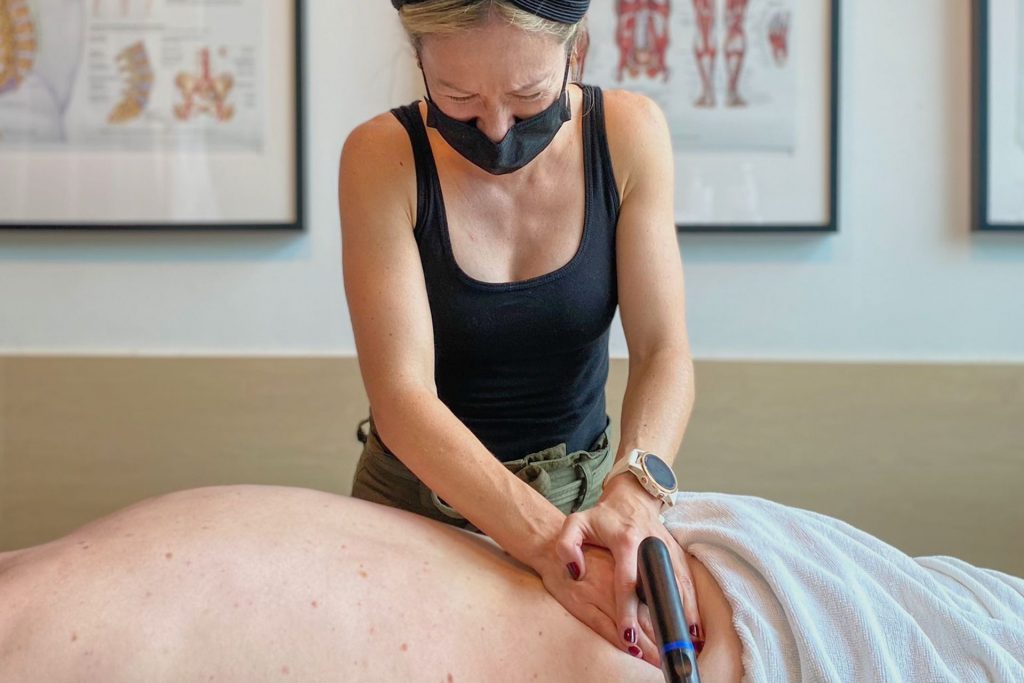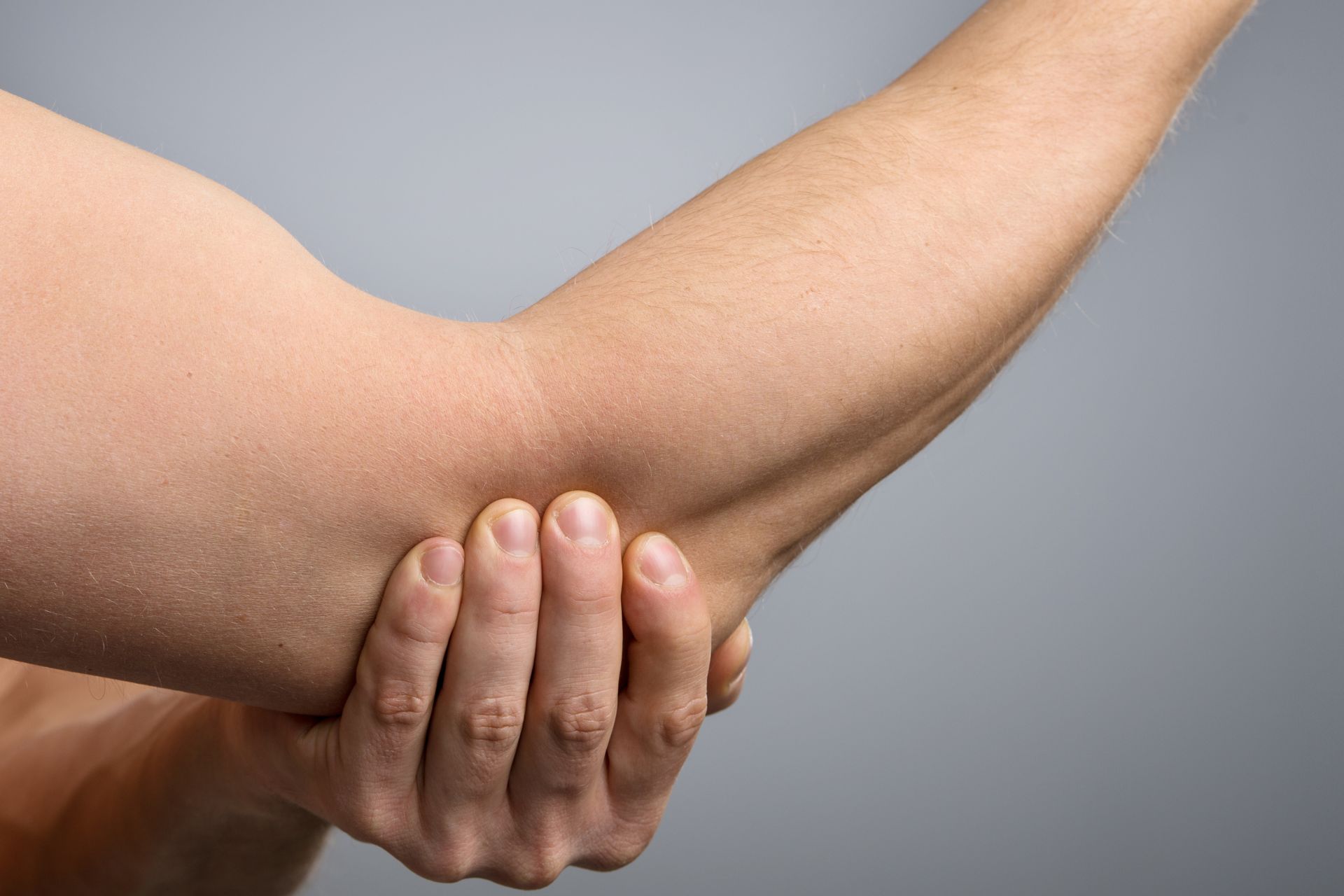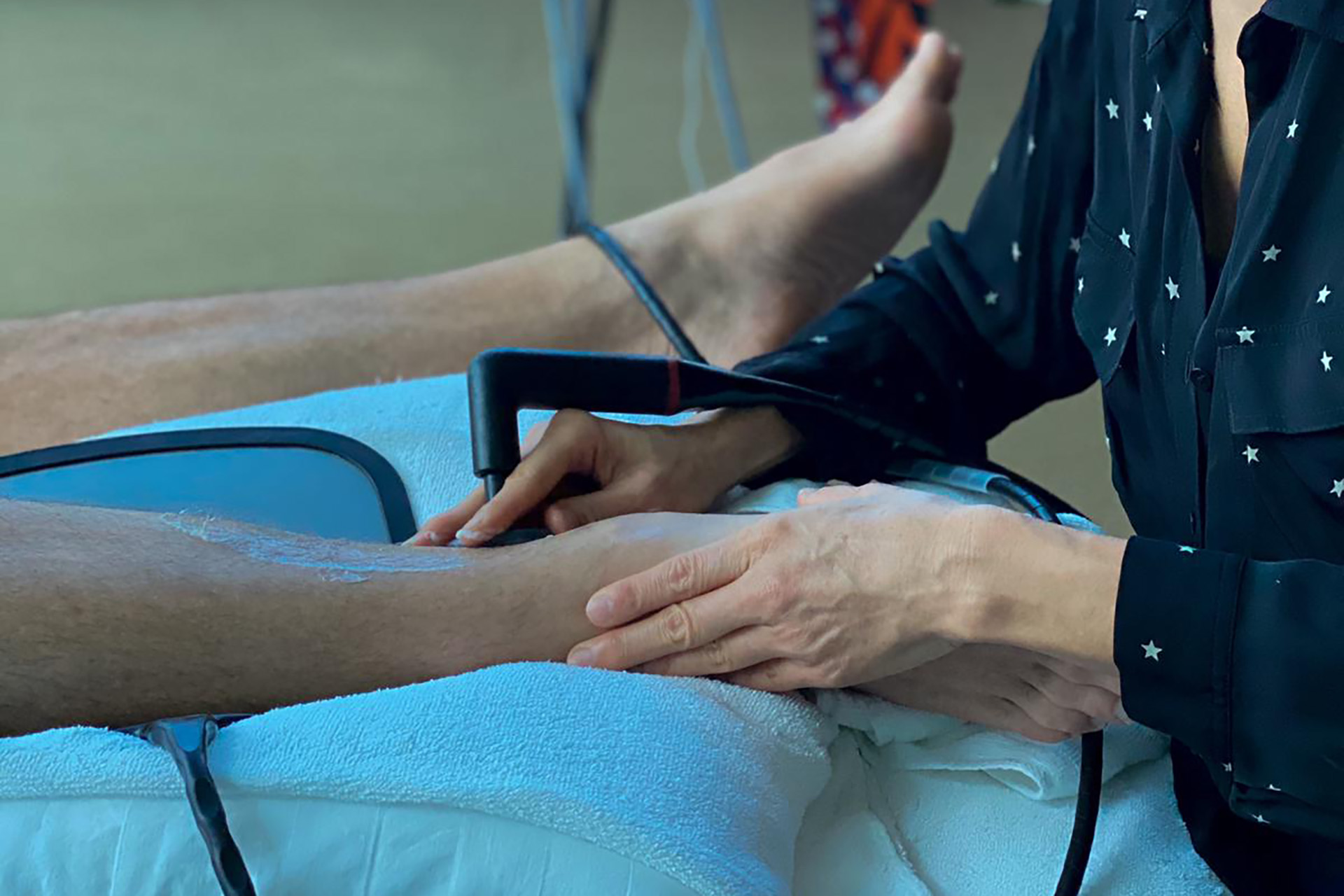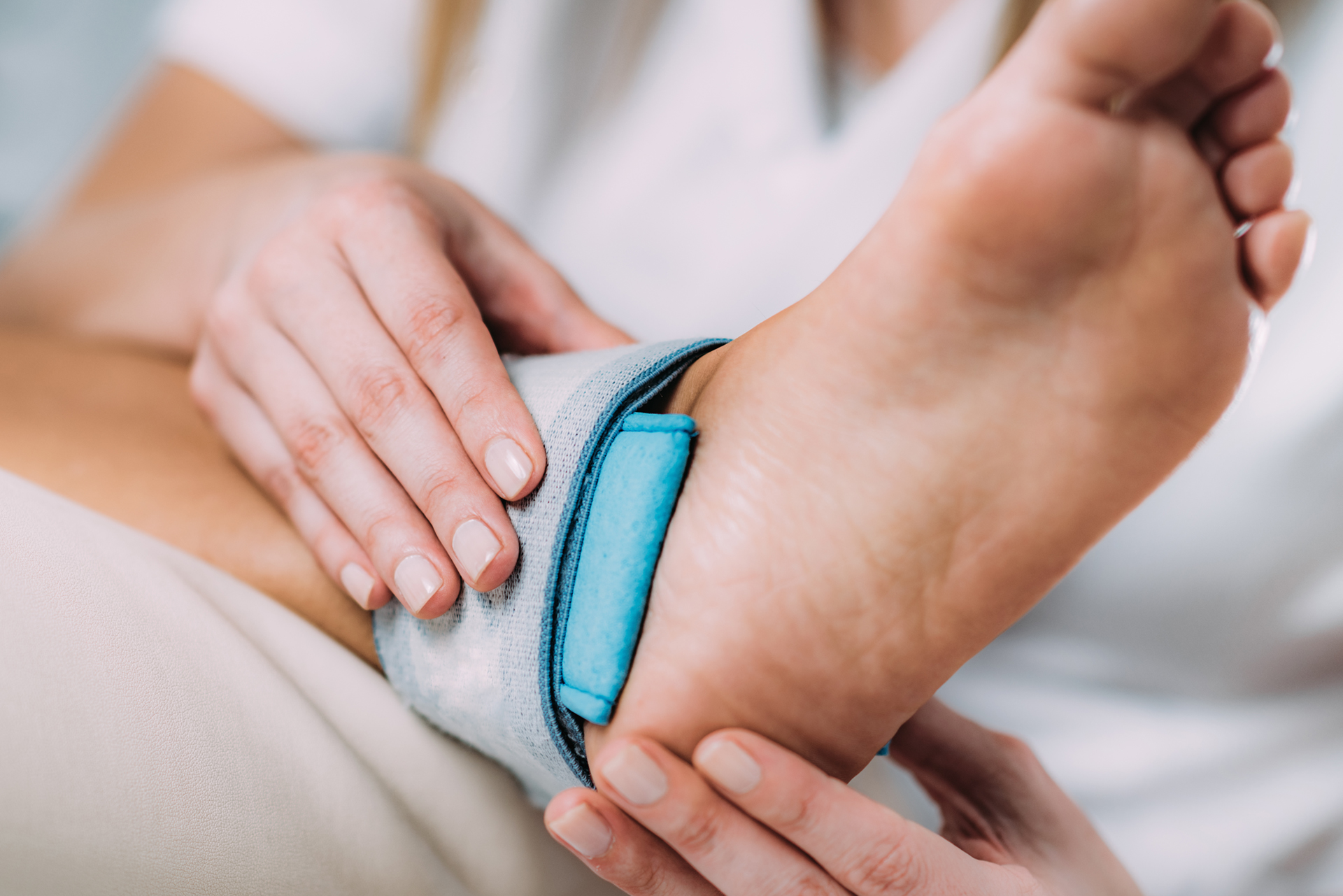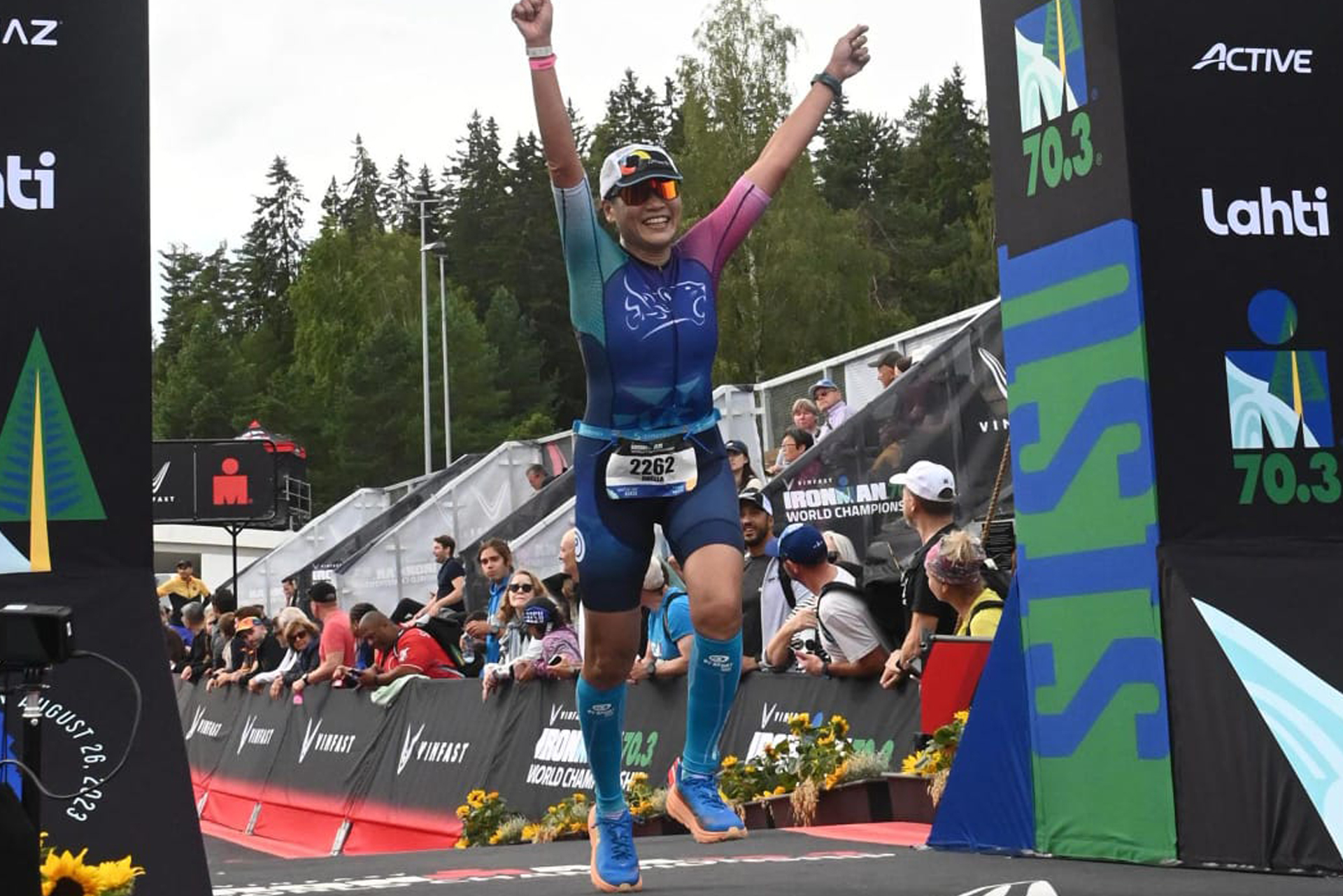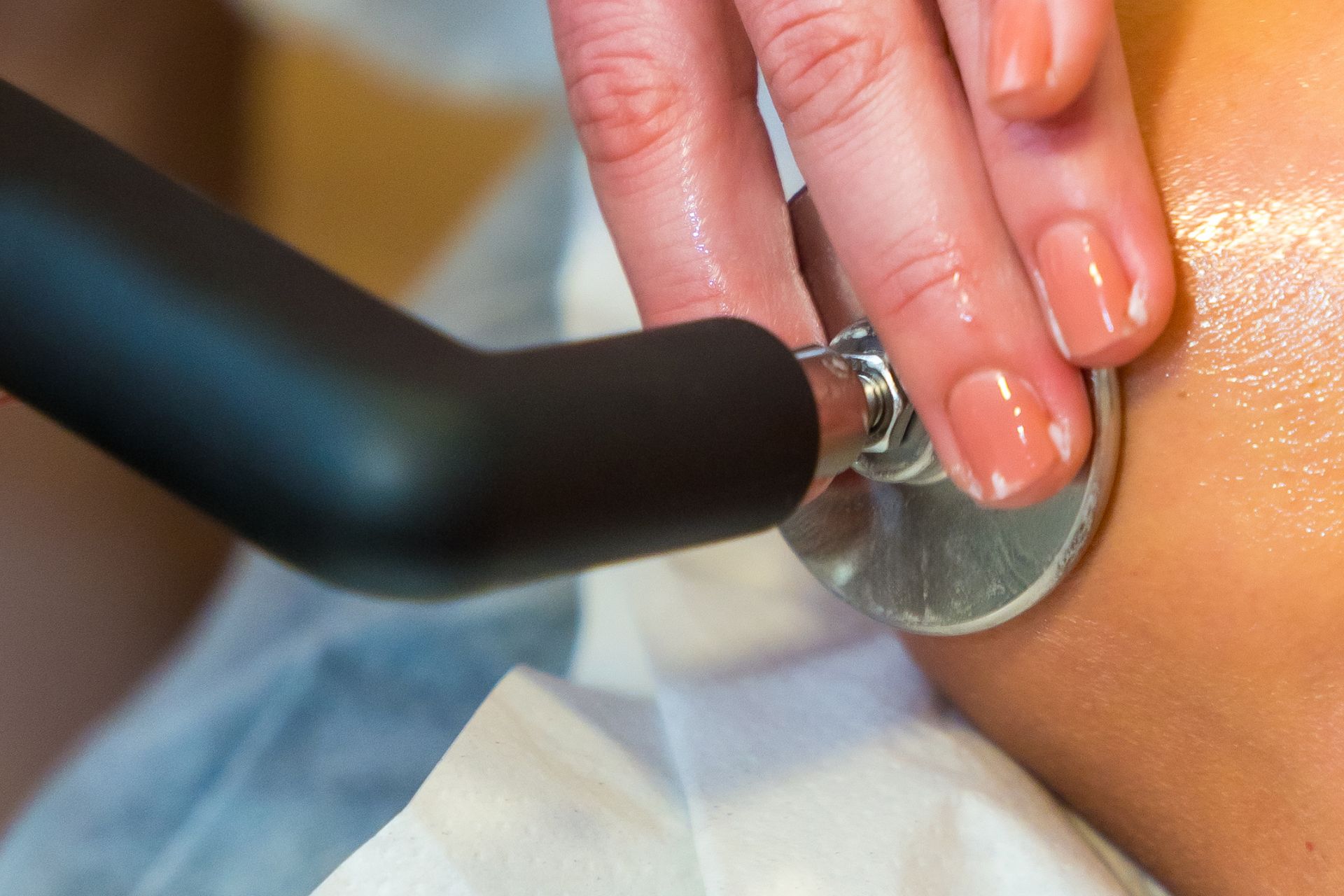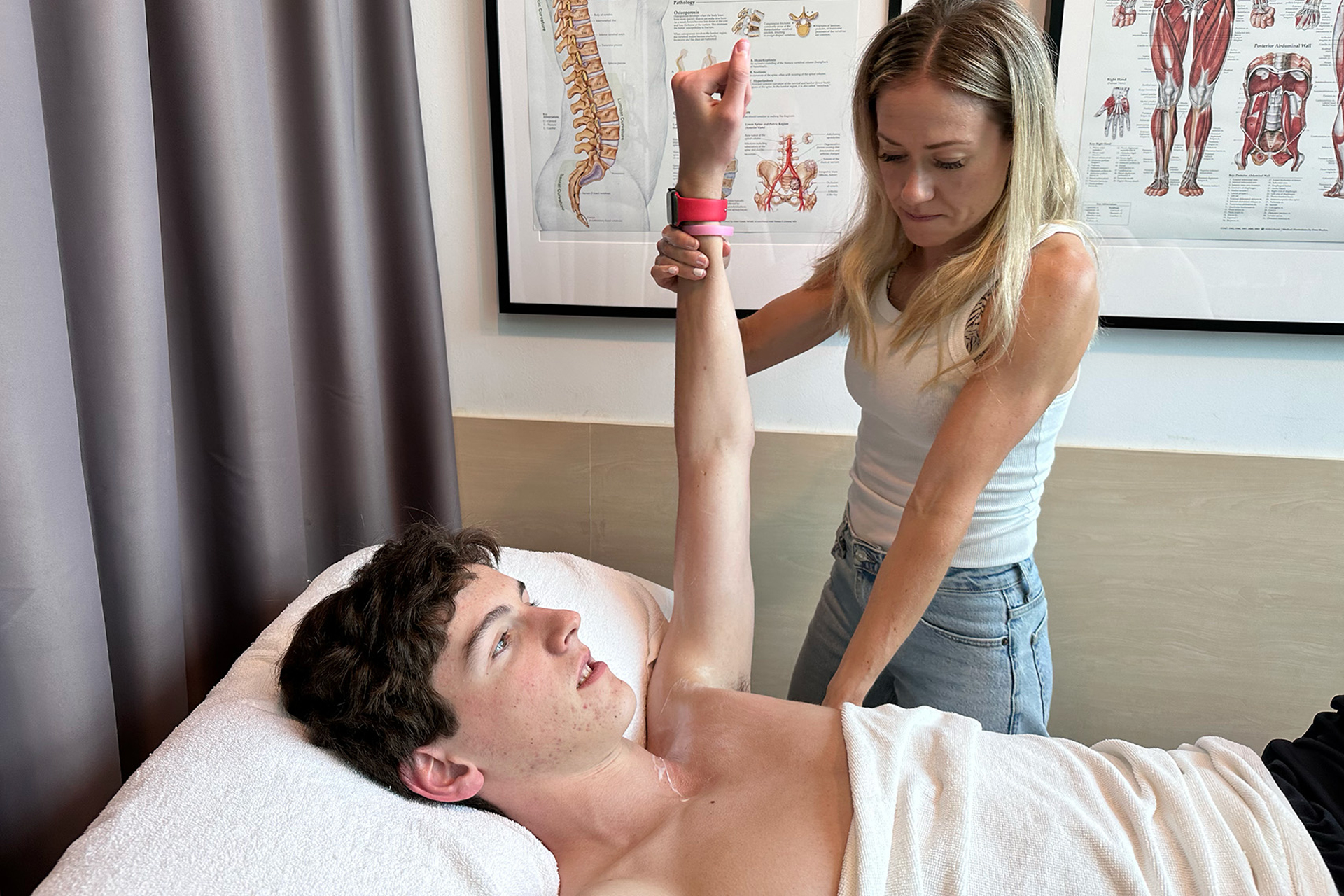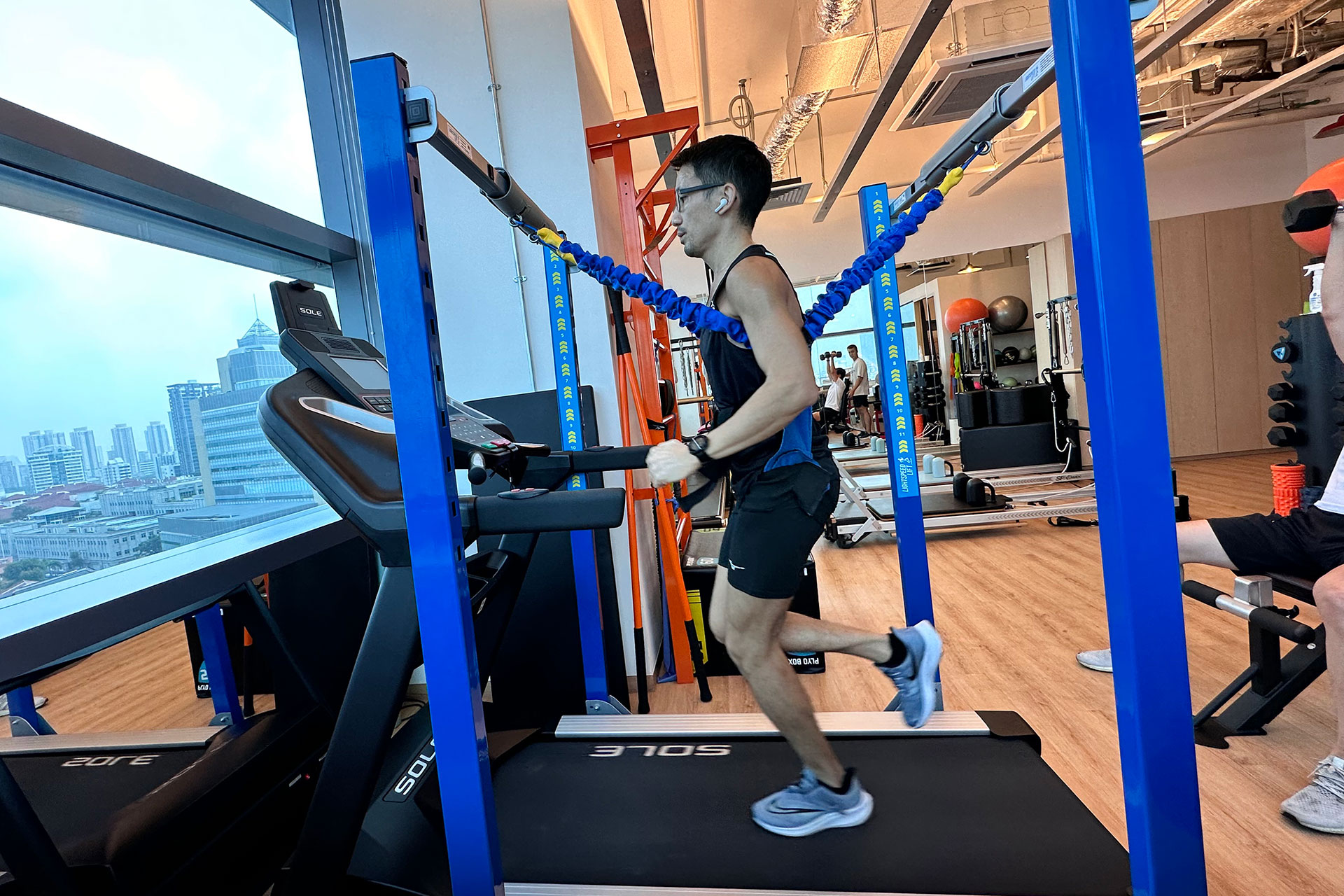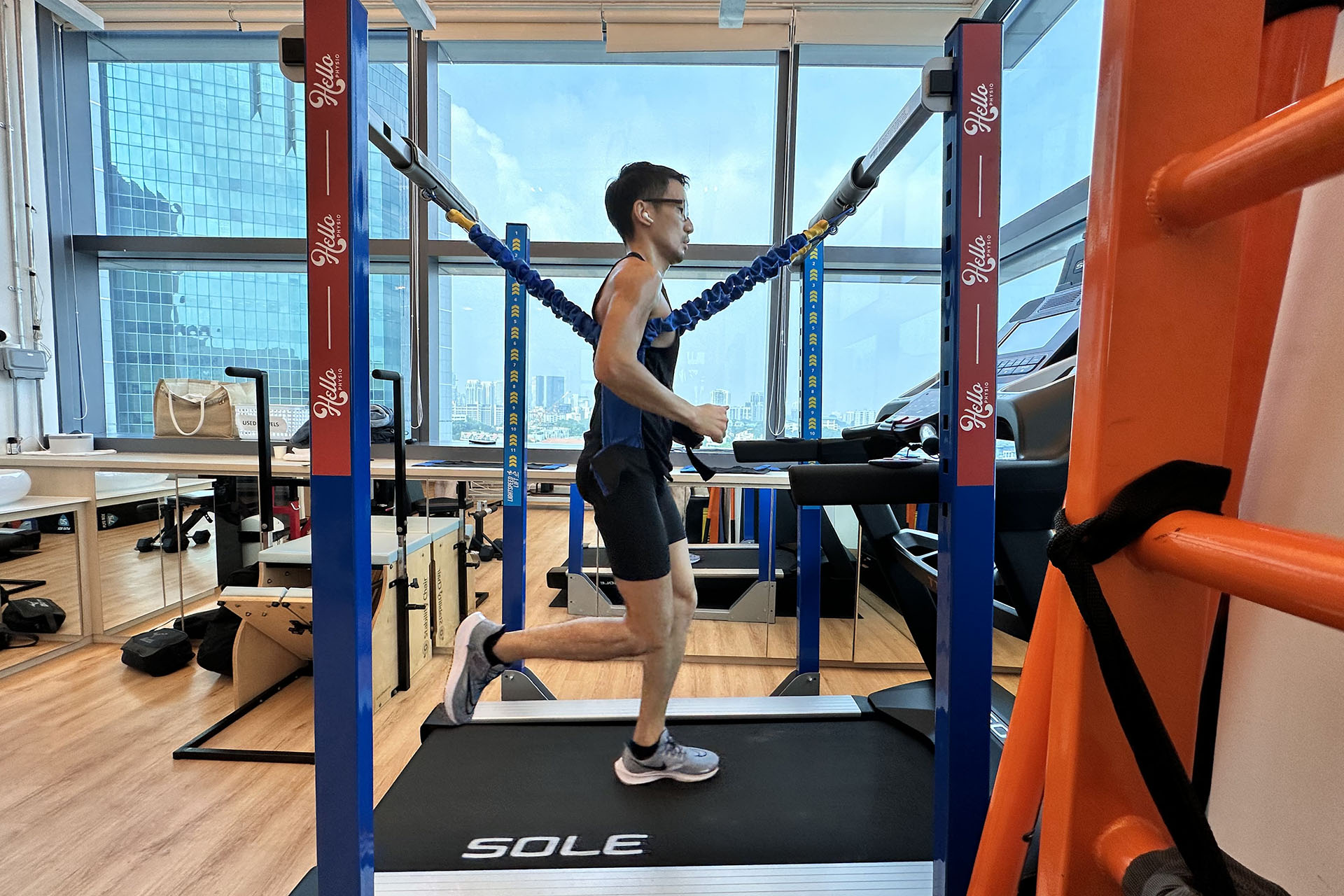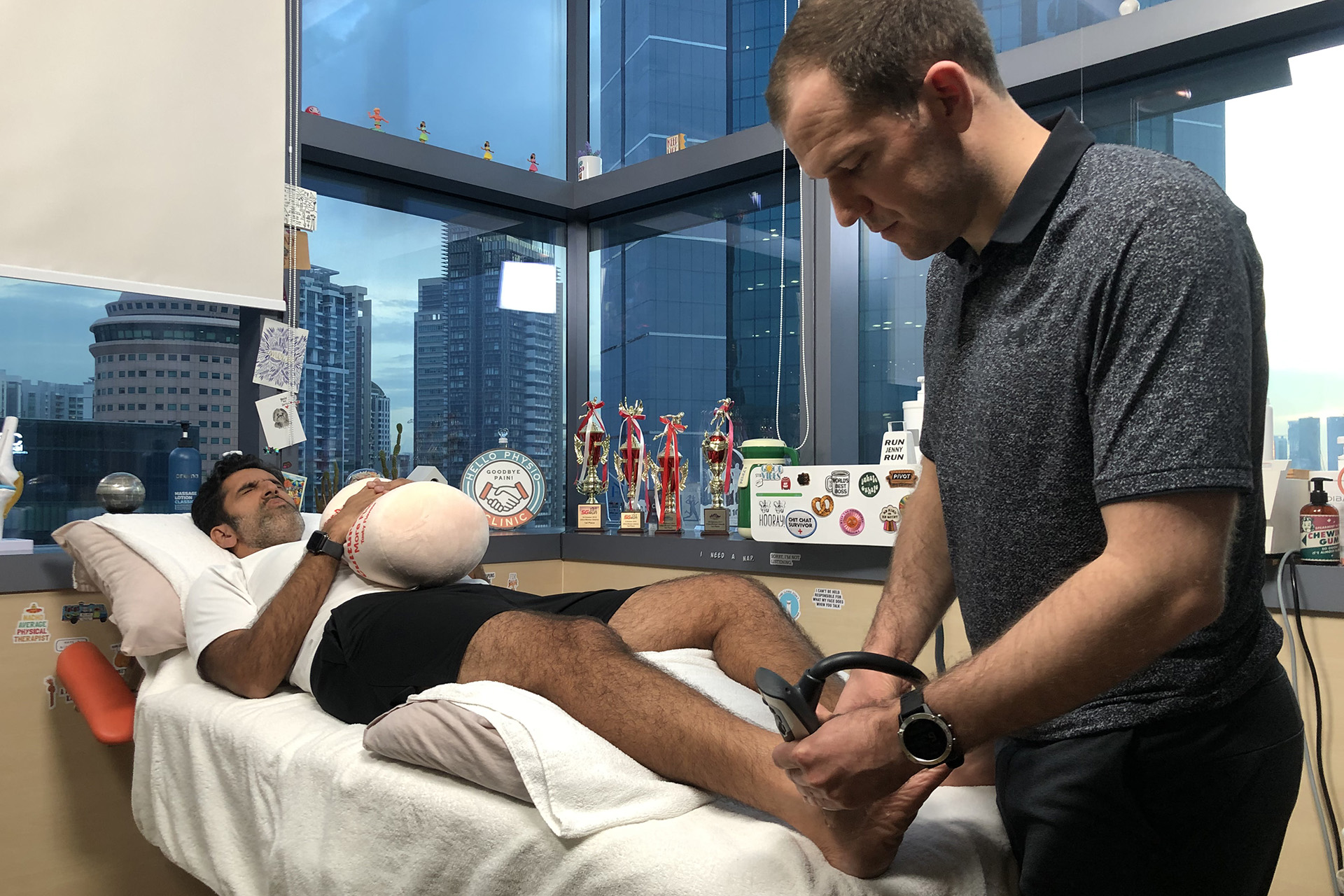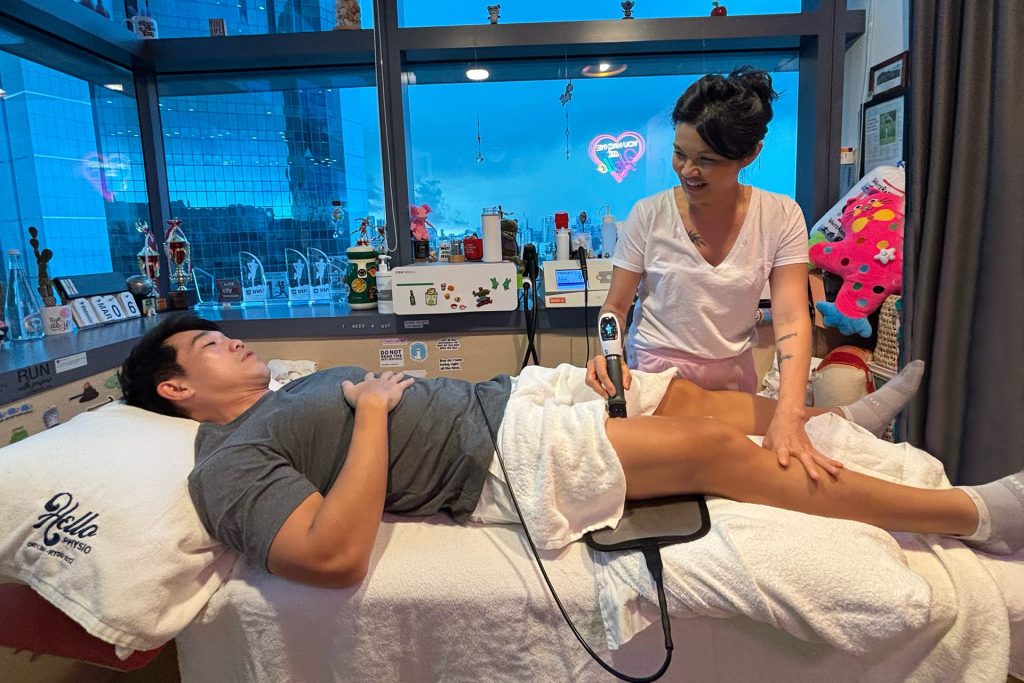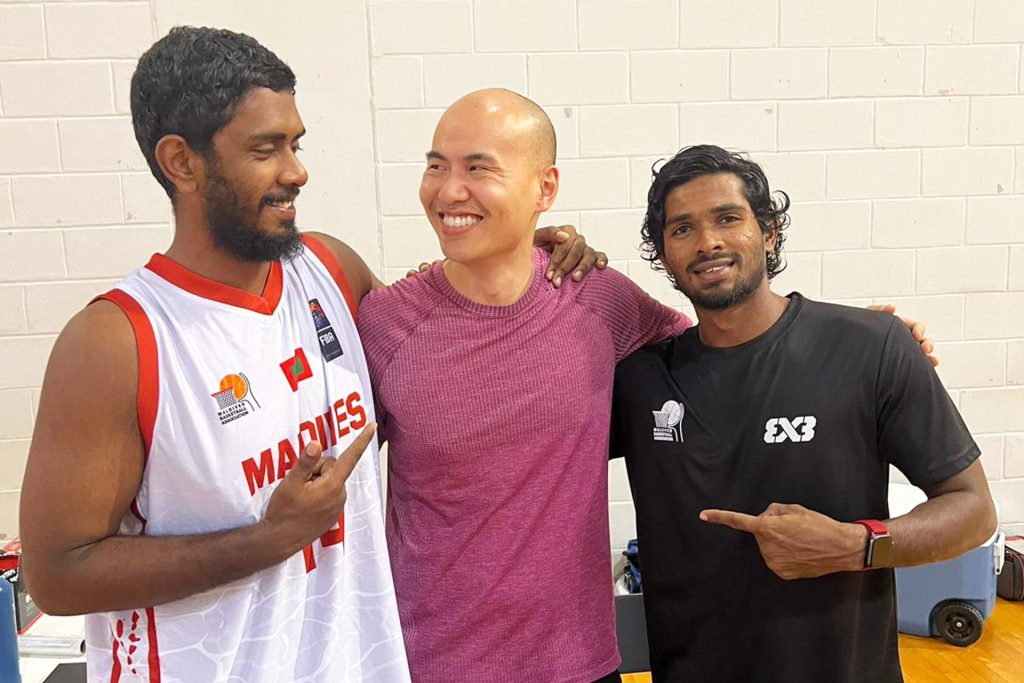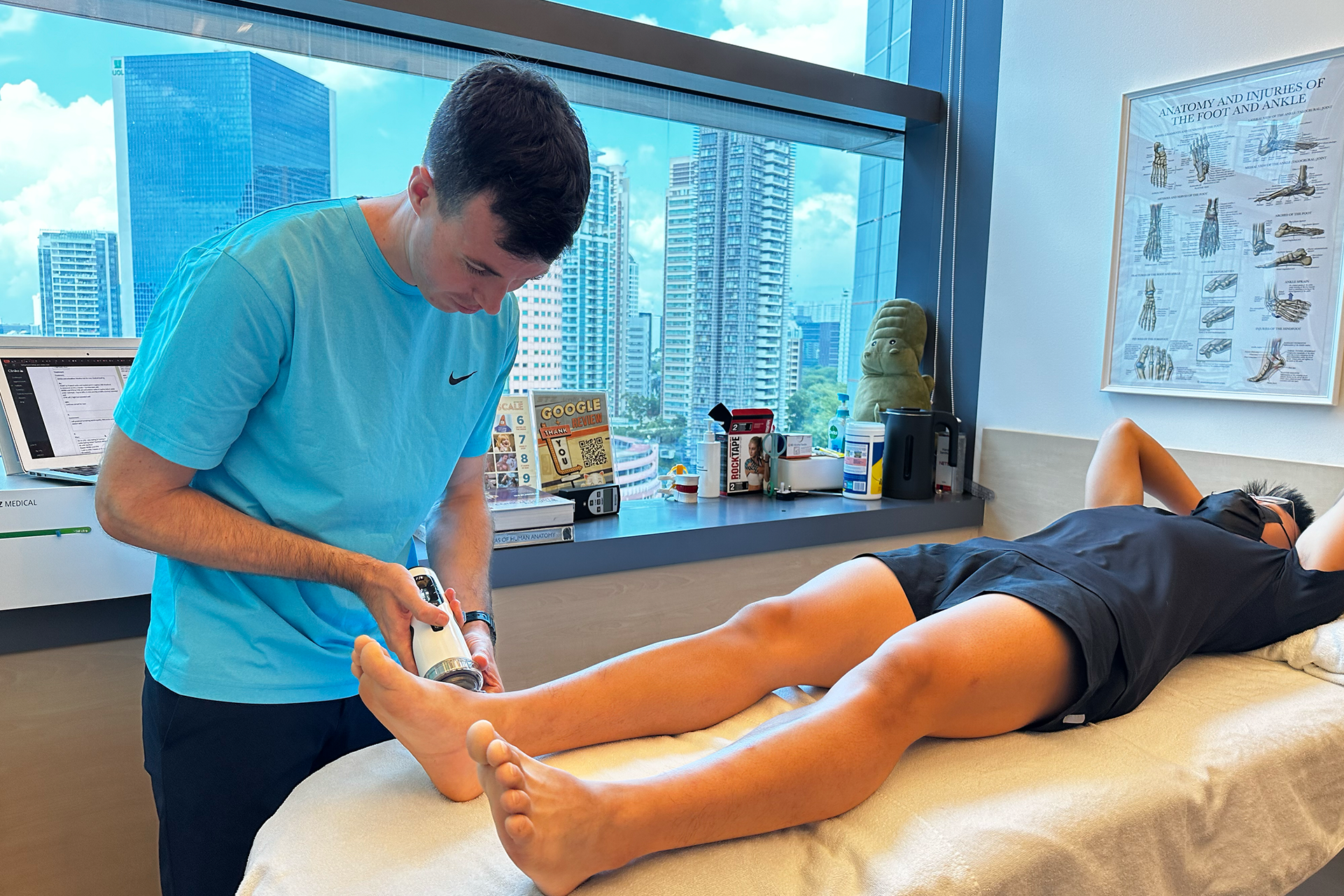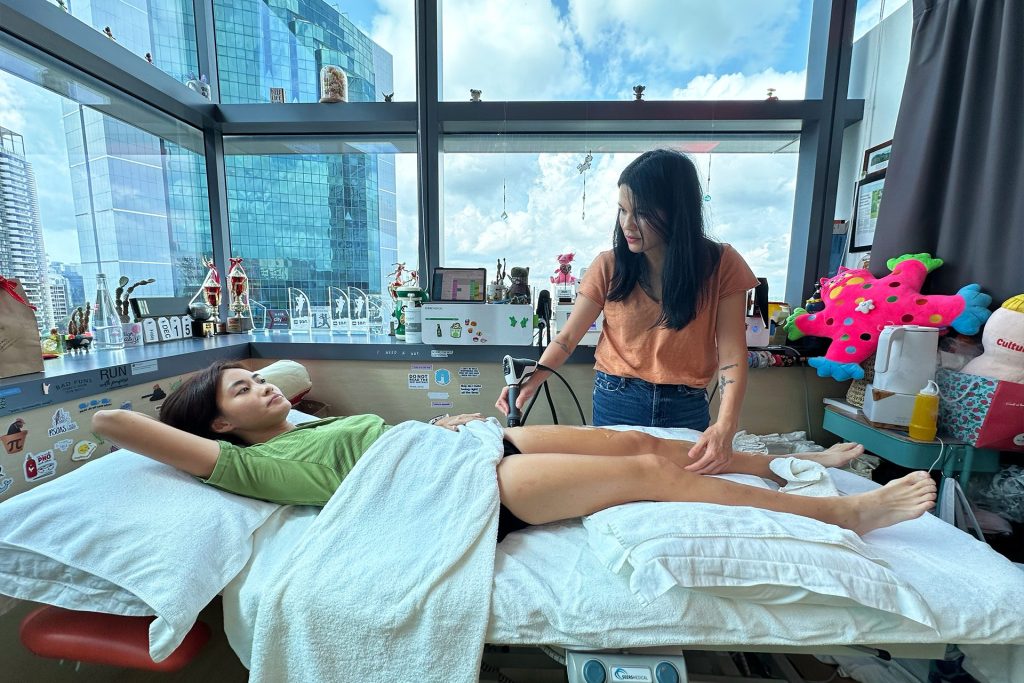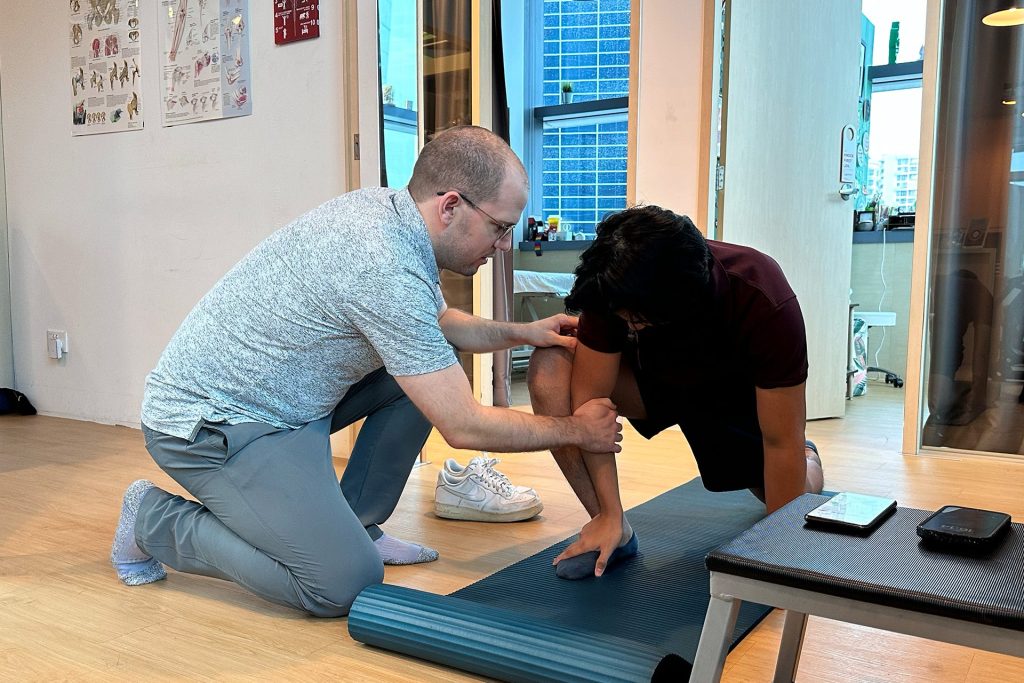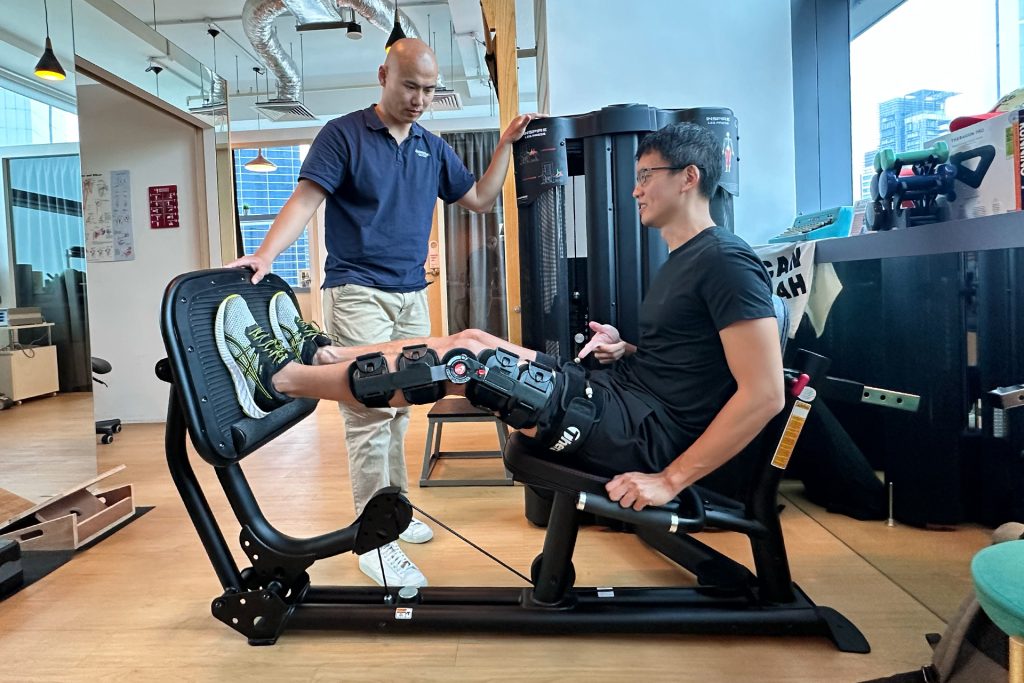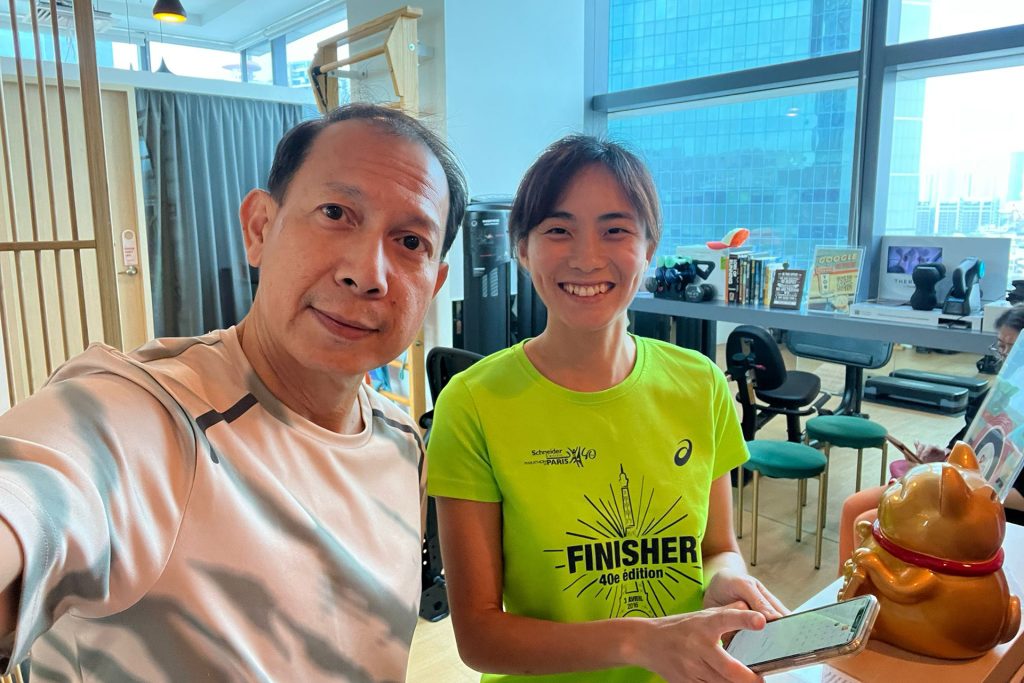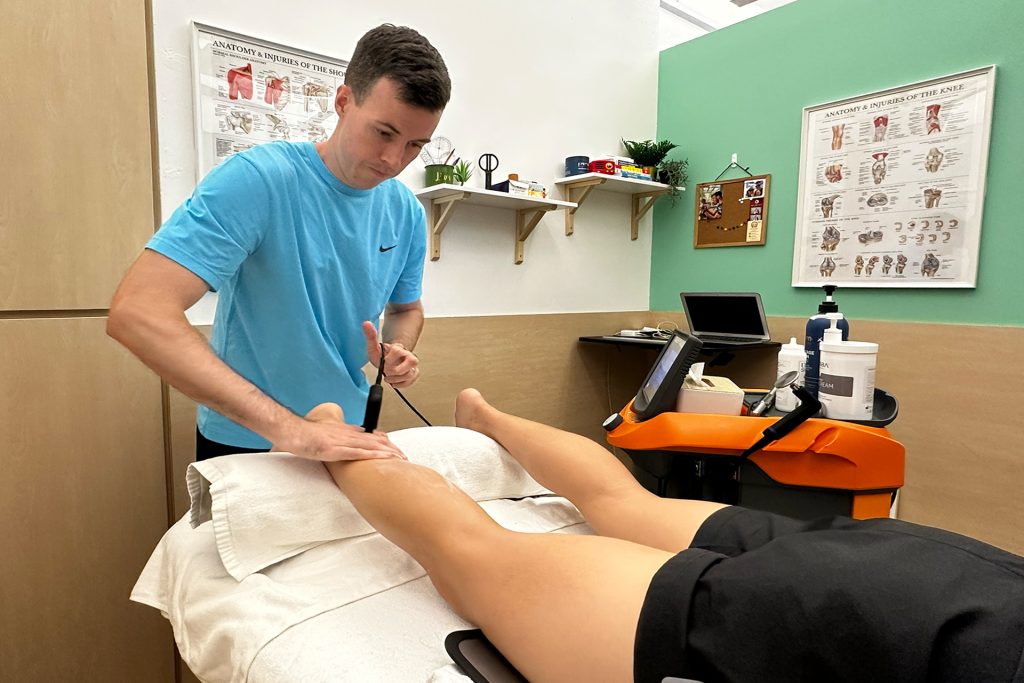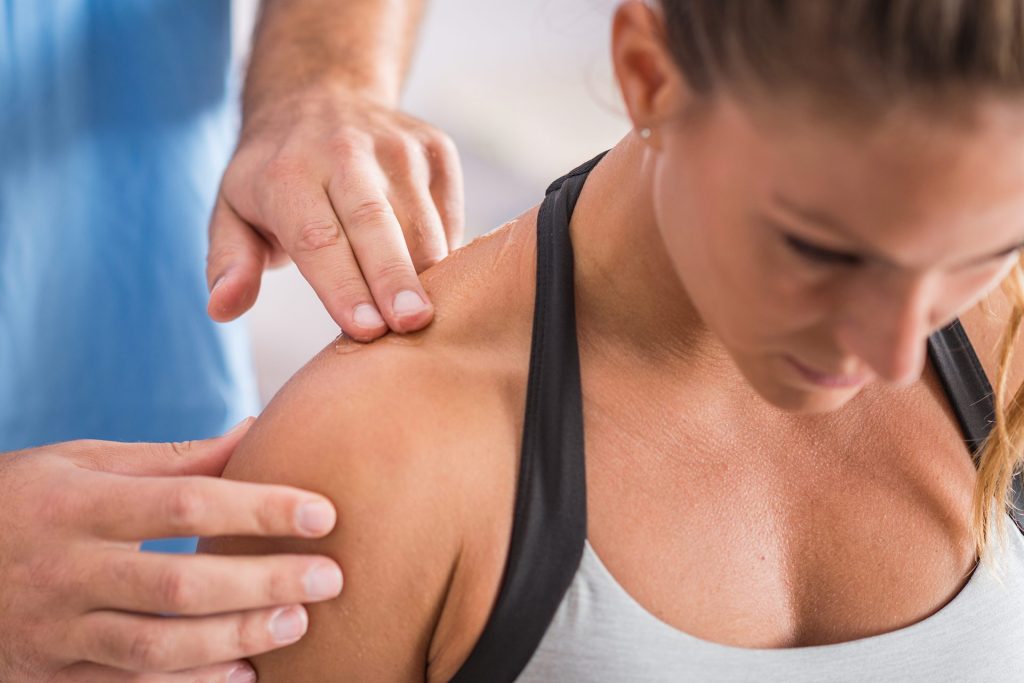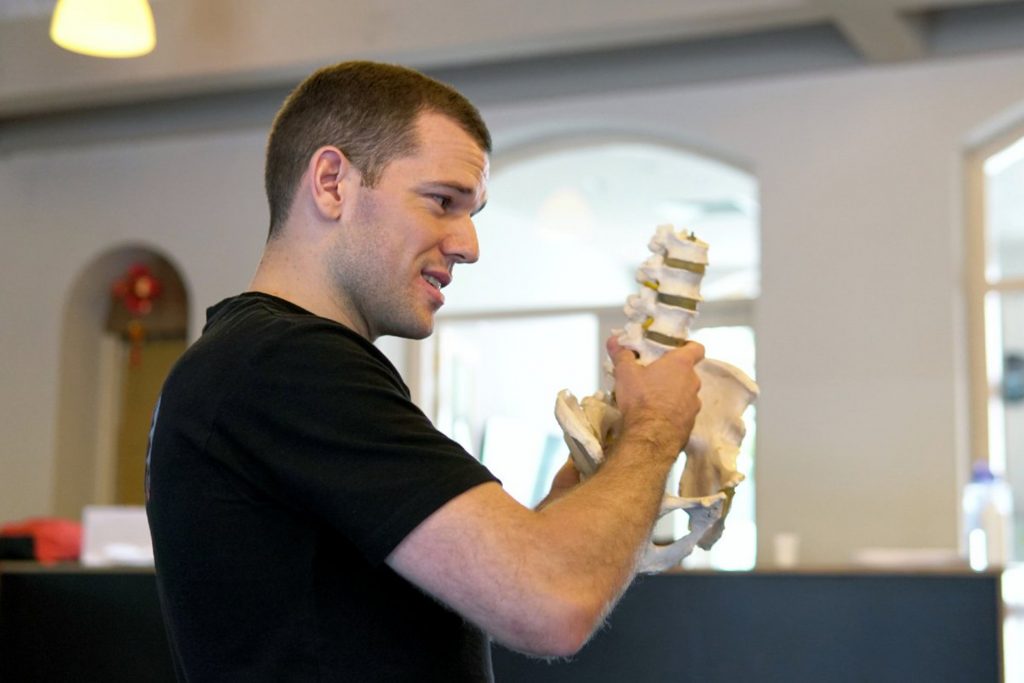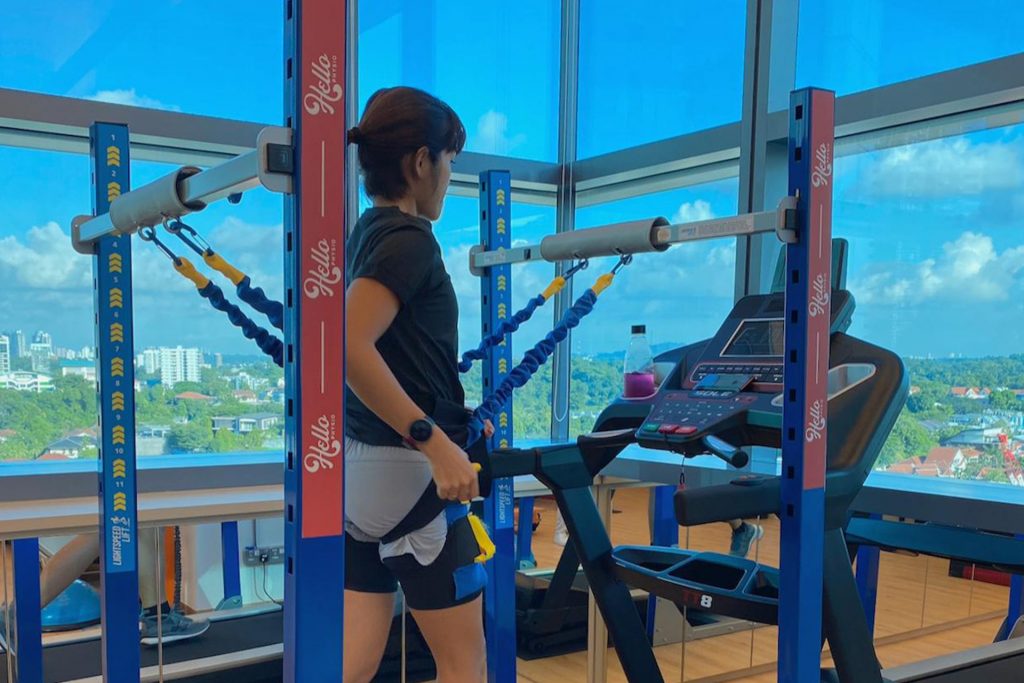|
Getting your Trinity Audio player ready...
|
Running is one of the best forms of exercise, but it’s not without problems. For many runners, calcaneus pain after running – pain in the heel bone – can impede training and affect daily activities. Understanding the causes and treatments is key to recovery and prevention, with physiotherapy as the targeted solution.
What Is Calcaneus Pain?
The calcaneus, or heel bone, is the biggest bone in the foot and takes a pounding during running and other weight-bearing activities. When this bone is subjected to too much stress or poor biomechanics, it can cause discomfort and pain. Pain in this area can be mild to severe and is often related to overuse, poor biomechanics, or underlying conditions like plantar fasciitis, Achilles tendonitis, or stress fractures.
Understanding the causes and recognizing the symptoms early on is key to treatment and prevention so you can stay active and pain-free.
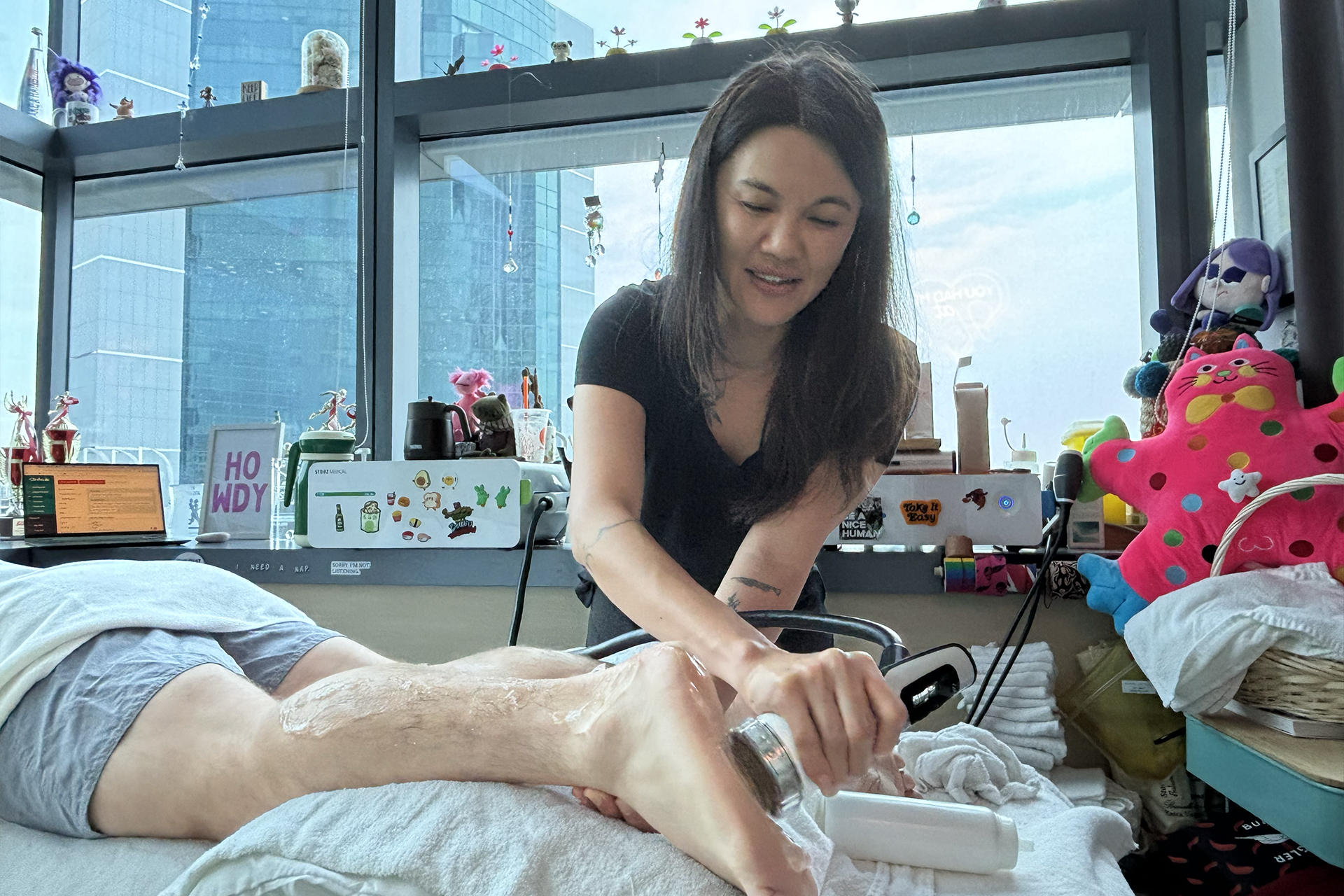
Heel Pain After Running Causes
Many factors can cause calcaneus pain after running, often related to overuse or biomechanical issues, including:
- Overuse and Overtraining: Repeated stress on the heel without adequate recovery can cause inflammation and irritation. Overuse can also cause other conditions which result in heel pain.
- Plantar fasciitis: The inflammation of the plantar fascia, a band of connective tissue, is the number one cause of heel pain in runners. Overtraining and not stretching enough can increase the risk of plantar fasciitis.
- Achilles Tendonitis: Inflammation of the Achilles tendon, which attaches to the back of the calcaneus, is caused by overuse or poor running mechanics. Stretching the calf muscles is key to preventing tightness and related injuries.
- Footwear: Worn-out or unsupportive shoes can aggravate heel strain by changing the foot alignment.
- Stress Fractures: Repeated high-impact activity can cause small cracks in the calcaneus, which can cause persistent pain.
- Biomechanical Issues: Conditions like flat feet, high arches, or poor running form can put more stress on the heel bone. Tight calf muscles can put more stress on the heel bone.
Fixing these causes early and properly means runners can continue to run pain-free and long term foot health.
Plantar Fasciitis and Heel Pain
Plantar fasciitis is one of the most common causes of heel pain, accounting for about 10% of all running-related injuries. The plantar fascia is a thick band of connective tissue that runs from the heel to the front of the foot, supporting the arch. When this ligament becomes inflamed or irritated, it can cause significant pain and stiffness in the heel.
Plantar fasciitis is often caused by overuse, poor running mechanics, and worn-out shoes. Fixing these factors through proper treatment and prevention can relieve the discomfort of plantar fasciitis and overall foot health.
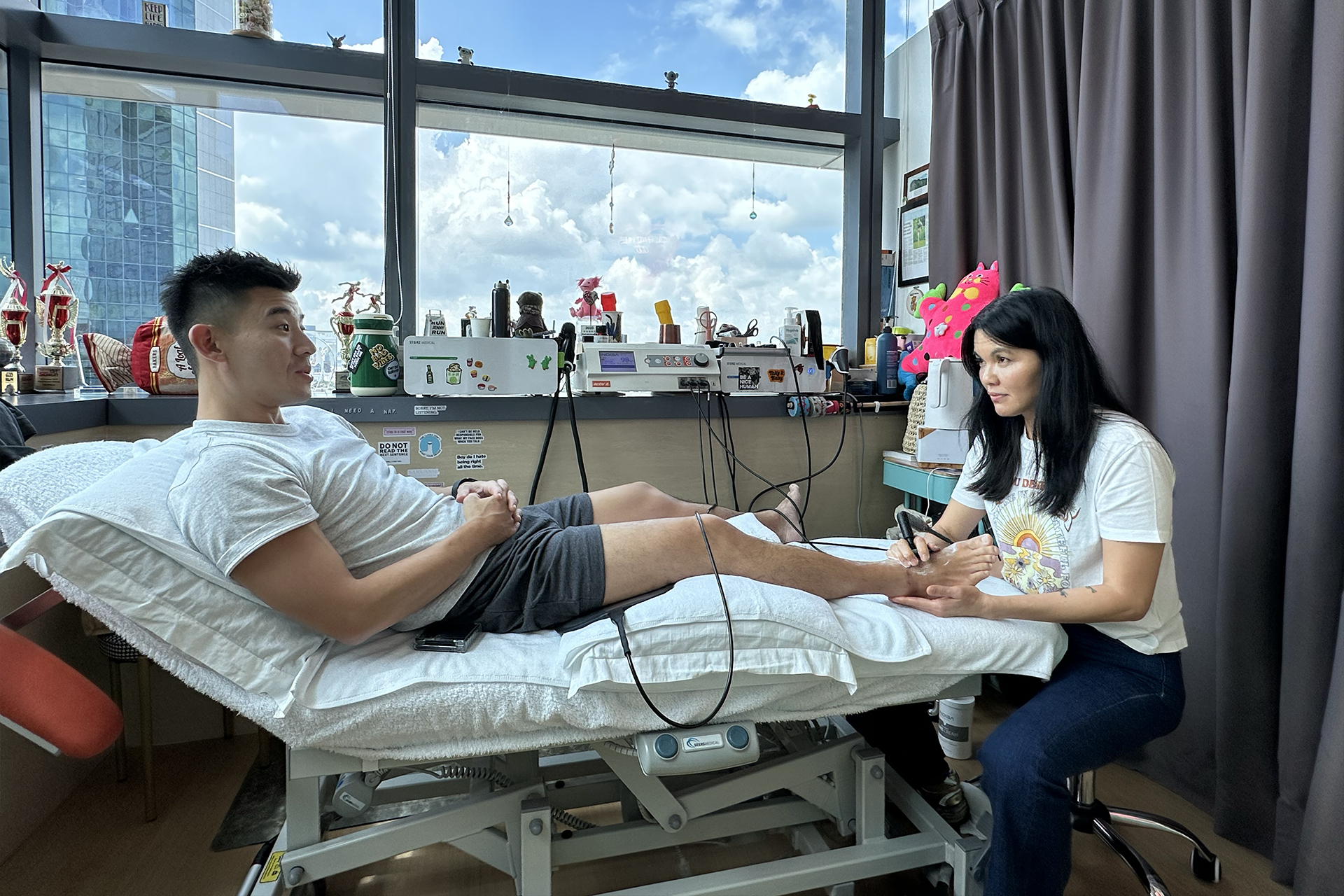
Symptoms and Diagnosing Calcaneus Pain
Heel pain can present in many ways depending on the cause. Common signs of a deeper problem are pain and stiffness in the heel, arch, or bottom of the foot which may be more pronounced in the morning or after periods of inactivity.
The affected area may also show swelling, redness, or warmth in some cases. To diagnose the cause of calcaneus pain, healthcare providers will perform a physical examination and review the patient’s medical history. Imaging tests such as X-rays or MRIs may be conducted to rule out other conditions and confirm the diagnosis so the right treatment plan can be implemented.
How Physiotherapy Can Help with Heel Pain
Physiotherapy provides a holistic approach to treating calcaneus pain after running, addressing the root causes, and long-term recovery. Here’s how the different tools available via physiotherapy can help:
Detailed Assessment
Physiotherapists will thoroughly assess gait mechanics, strength, flexibility, and alignment to identify the underlying causes of heel pain so that the treatment targets the source of the problem.
Manual Therapy
Hands-on techniques such as joint mobilization, soft tissue massage, and myofascial release can reduce tension, improve circulation, and restore mobility in areas such as the plantar fascia and Achilles tendon. Manual therapy can also relieve tension in the foot muscles, easing discomfort.
Targeted Exercises
Individualized stretching and strengthening exercises address muscle imbalances and flexibility. Typical exercises include calf stretches, foot strengthening drills, and balance exercises, all of which reduce strain on the calcaneus. Plantar fascia stretches are also key in heel pain treatment, especially if your calcaneus pain stems from plantar fasciitis.
Gait and Running Analysis
Physiotherapists will analyze running mechanics to adjust stride length, foot strike, and posture to reduce stress on the heel and lower limbs. This can help correct imbalances in the body, reducing the chances of re-injury.
Taping and Orthoses
Kinesiology taping temporarily supports the foot to help reduce pain and correct imbalances. Orthoses can be especially helpful in addressing the issue by providing custom arch support, stabilizing the foot during movement, and redistributing pressure away from high-stress areas on the calcaneus. This reduces stress and improves overall foot mechanics to relieve pain.
Advanced Modalities
Electrotherapy modalities such as ultrasound, Shockwave Therapy, or INDIBA® radiofrequency therapy can speed up healing, reduce inflammation, and relieve pain, especially in chronic cases. Shockwave Therapy, by transmitting high-energy acoustic waves to the affected tissue, promotes cellular regeneration, breaks down adhesions, and reduces inflammation, resulting in faster recovery of the calcaneus. INDIBA therapy reduces inflammation through controlled radiofrequency energy, stimulating deep tissue repair, improving local blood flow, quicker recovery, and overall tendon resilience, and bolstering the surrounding muscles that could affect the calcaneus.
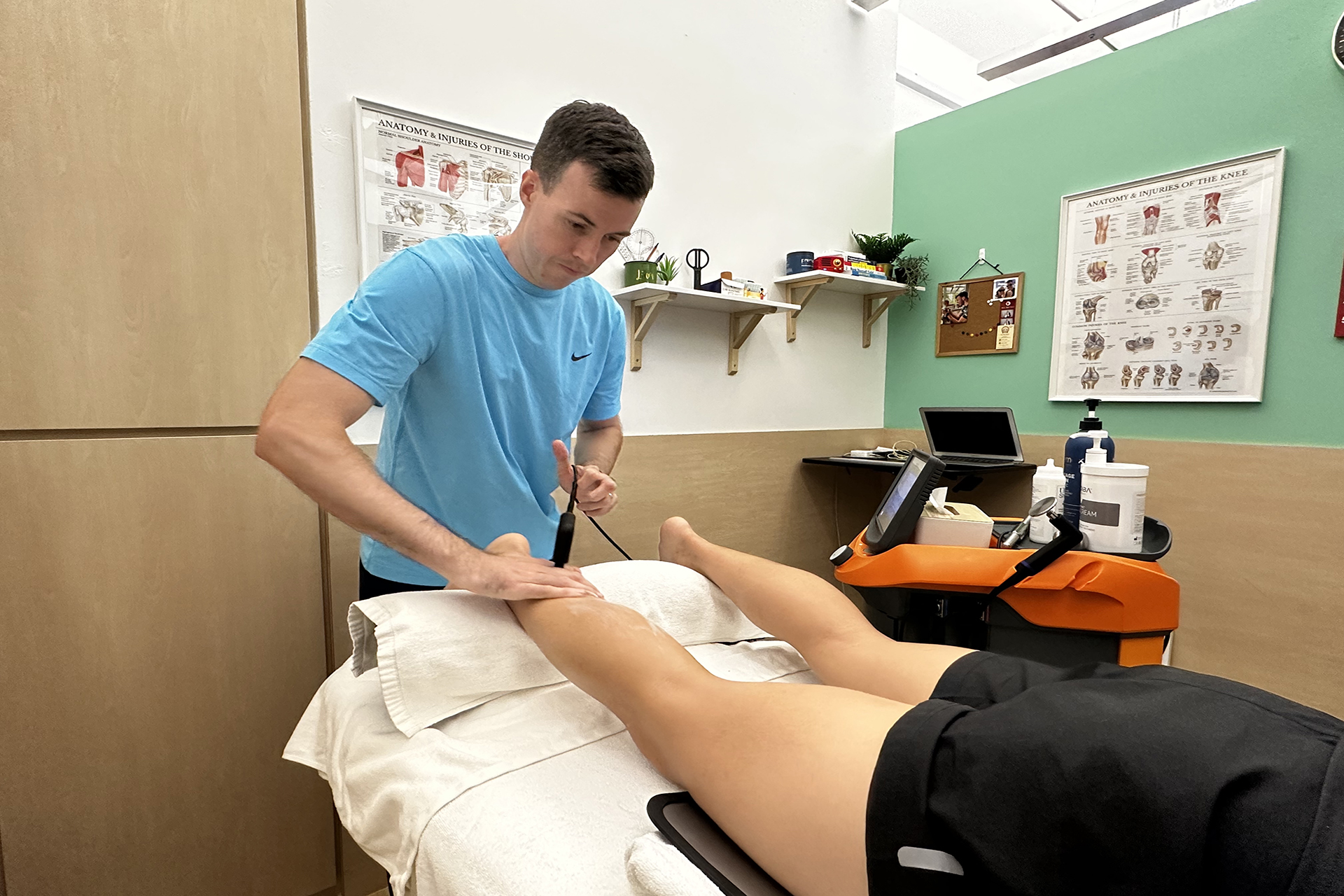
When to See a Physiotherapist for Calcaneus Pain
Persistent or severe heel pain should not be ignored as it may indicate a more serious underlying condition. If you have ongoing pain that doesn’t improve with rest or home remedies, you should see a physiotherapist.
A healthcare provider can diagnose the cause of the pain and recommend the proper treatment. In some cases, heel pain can be a sign of stress fractures or tendonitis, which requires prompt medical attention to prevent further complications. Early diagnosis and treatment are key to full recovery and prevention of long-term problems.
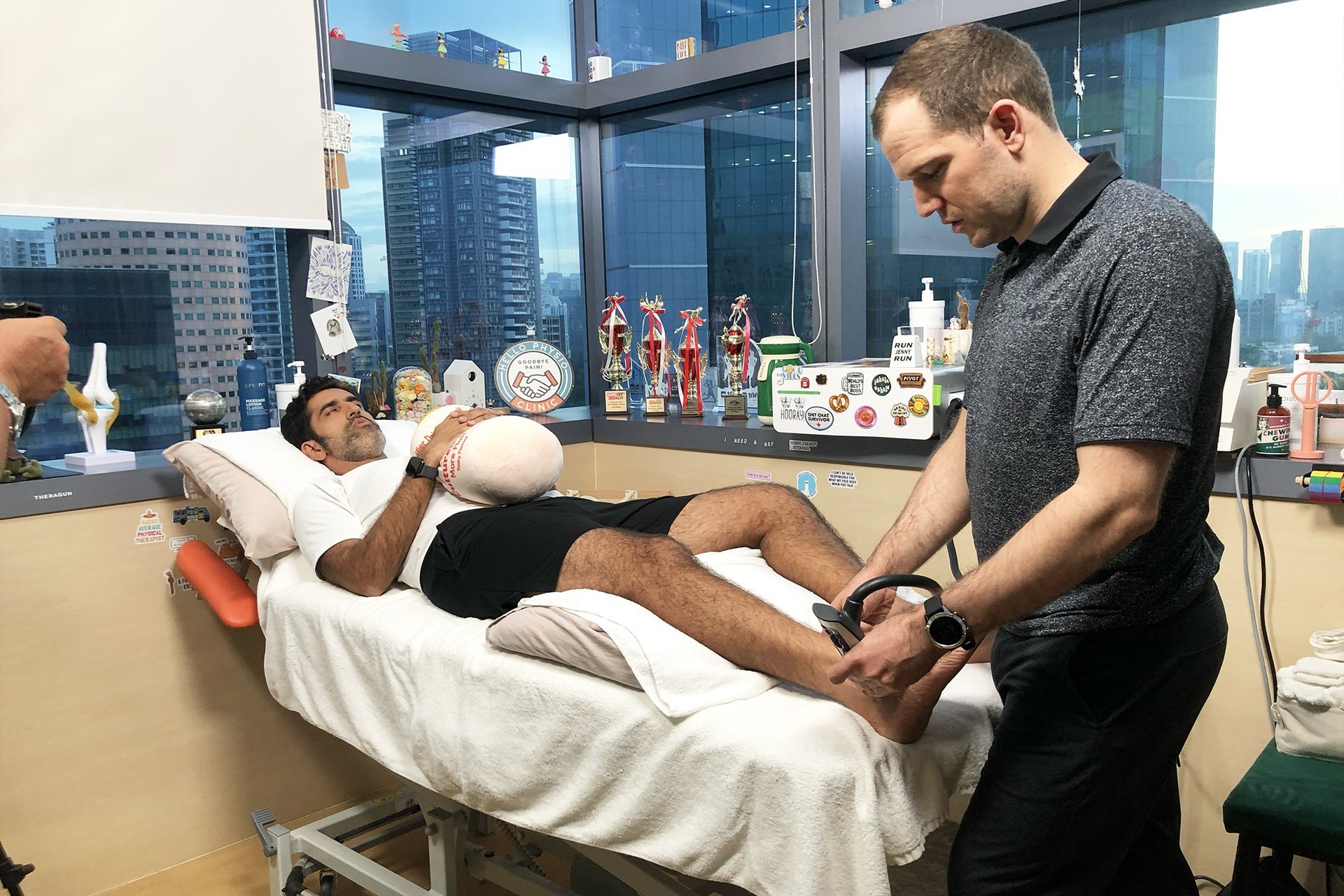
Recovery Time
Recovery time for heel pain can vary depending on the cause and severity of the condition. Mild cases of heel pain can resolve with rest, stretching exercises, and proper footwear. More severe cases may require physiotherapy, orthoses, or other special treatment to relieve pain and promote healing.
In rare cases, surgery may be required to address persistent problems. A healthcare provider can guide you on the recovery time and develop a tailored treatment plan so you can get back to your normal activities as soon as possible and safely.
How to Prevent Heel Pain After Running
Preventing calcaneus pain is key to long-term foot health and enjoying running. To minimize the risk of heel pain, choose supportive running shoes with good cushioning and replace them regularly.
Always warm up your muscles with dynamic exercises and stretch your calves, hamstrings, and feet before you go for a run. Also, gradually increase your running distance or intensity to give your body time to adapt, and don’t overload the heel bone.
During your workouts, incorporate exercises to strengthen your feet and ankles to improve stability and reduce strain on the calcaneus. Lastly, listen to your body and address any discomfort early to prevent minor problems from becoming major injuries.
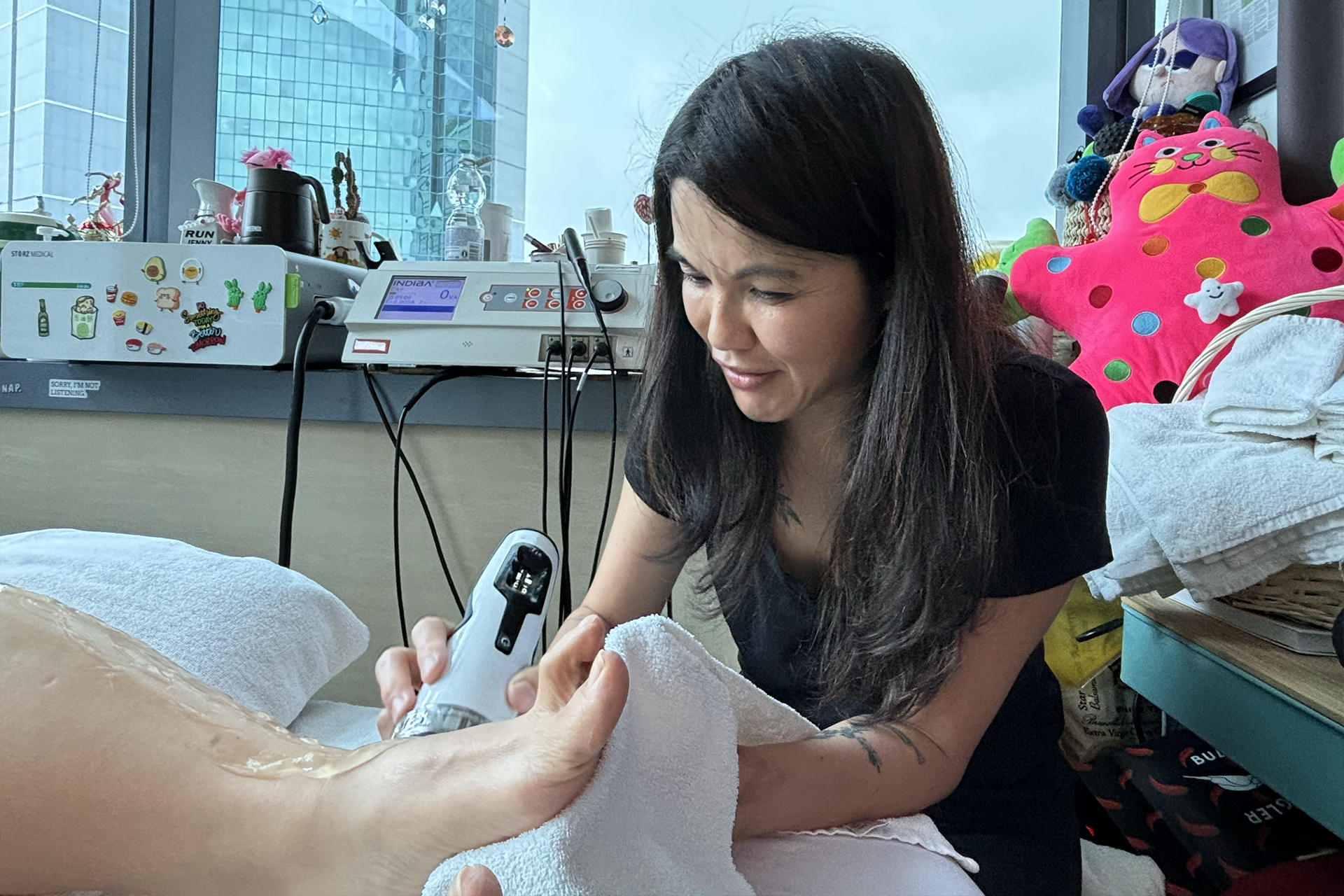
Why Choose HelloPhysio for Your Calcaneus Pain?
At HelloPhysio, we specialize in treating calcaneus pain after running with the latest techniques and individualized care. Our experienced physiotherapists will assess you thoroughly to identify the cause of the pain and develop a treatment plan. The plan will include manual therapy, advanced modalities like Shockwave Therapy and INDIBA, and targeted exercises to address your specific needs.
Whether you have an acute injury or chronic pain or want to improve your running performance, HelloPhysio can help. Make your appointment today to start taking the first steps towards pain-free running.

